- Training – take courses and follow up with mentoring
- Equipment – buy relevant hardware and software
- Networking – join an editing society, set up social media accounts, attend conferences
- Brand awareness – choose a business name, develop a brand identity, create appropriate visuals etc.
- Launch – register business, inform tax authorities, set up bank account, take out relevant insurance policies
- Visibility – create website, business cards, leaflets; advertise in directories; buy a custom domain name and email address
- Pricing – create a fee matrix for different client types
- Templates – design letterhead, invoices, email signature, postage labels, reports, etc.
- Schedule – create work schedule to track jobs, payments, time, etc.
- Business resources – create business-critical resources such as terms and conditions, process documents, contract of services
- Client acquisition – approach potential clients and pitch for work
- Learning centre – develop additional resources that solve clients’ problems
|
Love Twitter for engaging with other editorial and language professionals? We've got one tip for you: Don't engage with content you hate.
|
|
ABOUT HARRIET
Harriet Power edits nonfiction books and educational materials for publishers and indie authors. She spent 8 years working in-house for educational publishers before going freelance in 2017. On the side, she performs in a folk music duo and enjoys walks with the lockdown puppy. |
Listen to find out more about
- Brainstorming a list of possible business names
- Considering your target clients
- Identifying your core brand values
- Using a business name to tell the client what's on offer
- Checking the name is available
- Does the name reflect your brand identity?
- How findable and SEO-friendly is the name?
- Will the name stand the test of time?
Music credit
More business-tips resources
|
Check out these additional resources that will help you make good decisions for your editorial business.
|
She is an Advanced Professional Member of the Chartered Institute of Editing and Proofreading (CIEP), a member of ACES, a Partner Member of The Alliance of Independent Authors (ALLi), and co-hosts The Editing Podcast.
- Get in touch: Louise Harnby | Fiction Editor & Proofreader
- Connect: Twitter at @LouiseHarnby, Facebook and LinkedIn
- Learn: Books and courses
- Discover: Resources for authors and editors
Listen to find out more about ...
- Why everyone has something to shout about, even if they think they don't
- Why some editors appear to do more marketing that is humanly possible, and why that shouldn't deter you
- The tricks those busy editorial marketers have up their sleeve and how you can mimic them
- Managing marketing by thinking in ones
Music Credit
More help with marketing and being visible
|
Marketing can be learned! Here are some of my most popular teaching tools, all created specifically for editors and proofreaders working in a global freelance market.
|
She is an Advanced Professional Member of the Chartered Institute of Editing and Proofreading (CIEP), a member of ACES, a Partner Member of The Alliance of Independent Authors (ALLi), and co-hosts The Editing Podcast.
- Get in touch: Louise Harnby | Fiction Editor & Proofreader
- Connect: Twitter at @LouiseHarnby, Facebook and LinkedIn
- Learn: Books and courses
- Discover: Resources for authors and editors
Listen to find out more about
- Giving yourself permission to be an imperfect marketer
- Concentrating on your own marketing rather than comparing yourself with everyone else
- Following your own path and developing a strategy that’s appropriate for you, even if other people are doing things differently
Dig into these related resources
- Book: Marketing Your Editing and Proofreading Business
- Books: Business Skills for Editors series
- Blog and booklet: Overcoming marketing paralysis: How to turn overwhelm into action
- Podcast collection: Editorial business tips
- Blog: 2 business mindset tips for new editors
- Blog: Why you MUST market your editorial business. Part I
- Blog: Why you MUST market your editorial business. Part II
Music Credit
‘Vivacity’ Kevin MacLeod (incompetech.com). Licensed under Creative Commons: By Attribution 3.0 License. http://creativecommons.org/licenses/by/3.0/
She is an Advanced Professional Member of the Chartered Institute of Editing and Proofreading (CIEP), a member of ACES, a Partner Member of The Alliance of Independent Authors (ALLi), and co-hosts The Editing Podcast.
Visit her business website at Louise Harnby | Fiction Editor & Proofreader, say hello on Twitter at @LouiseHarnby, connect via Facebook and LinkedIn, and check out her books and courses.
Listen to find out more about
- The popularity of audio content
- Stability during playback
- Native hosting on websites
- Voices as unique brand identifiers and trust builders
- Audio as an accessibility tool that allows communication with a diverse audience
- Why it's a less intimidating option than video
- The kit you need
- Options for recording, editing and hosting
- Editorial goals, and how audio helps us achieve them
Dig into these related resources
- The blog version: Why editors and proofreaders should be using audio
- Free booklet: How do I do my own audio-book narration?
- Podcast: 6 ways to use audio for book promotion
- Blog: 4 good reasons to edit your author podcast transcript
Music Credit
‘Vivacity’ Kevin MacLeod (incompetech.com). Licensed under Creative Commons: By Attribution 3.0 License. http://creativecommons.org/licenses/by/3.0/
She is an Advanced Professional Member of the Chartered Institute of Editing and Proofreading (CIEP), a member of ACES, a Partner Member of The Alliance of Independent Authors (ALLi), and co-hosts The Editing Podcast.
Visit her business website at Louise Harnby | Fiction Editor & Proofreader, say hello on Twitter at @LouiseHarnby, connect via Facebook and LinkedIn, and check out her books and courses.
I love a list! Recording the stuff I need to do helps me organize my thoughts. It also steers me away from procrastination and towards action.
What follows is therefore by no means a call for the abandonment of the to-do list. New starters and old hands alike can benefit from a list of actionable points.
Caution is required though. The to-do list does have the potential to encourage linear thinking, and this can be a hindrance when it comes to the business of editing and proofreading.
Linear thinking can lead us down a road of focusing too heavily on one part of our business in the belief that if we get X just right, everything else will fall into place, or that X is more important than Y and therefore must be completed in full before Y is considered.
Holistic thinking, however, recognizes that X impacts on Y, which impacts on Z, and that – together – X, Y and Z drive success.
Let’s look at what this means for our business practices.
Shami is in the process of setting up an editing business. She’s completed a comprehensive training course followed by mentoring. She’s confident in her skills and believes she’s fit for purpose. And she is – from a technical point of view.
However, there’s a potential problem. She’s been so focused on her training that she’s not spent any time considering how she’ll make herself visible to paying clients.
Training was at the top of her list – and while this is certainly no bad thing to be at the top of any freelance business owner’s list, focusing on it alone won’t bring in paying work.
Shami's business to-do list
Shami’s to-do list looks like this:
An alternative view: The business wheel
What if, instead, Shami visualized her business as a wheel rather than a list?
Let’s consider her training in relation to other aspects of business development.
- Training provides her with skills. But it’s also a valuable message that she could use in her promotion materials to certain types of clients (publishers, for example) and that will make her more interesting to them.
Training and the learning centre
- Shami should certainly include her qualifications on her website, but an even more effective way to show rather than tell her knowledge is to use what she’s learned via her training to create content that solves problems for her potential clients.
- Solution-based webpages – ones that could only have been written by someone who’s made time for professional training – have powerful SEO benefits that will enhance her visibility. She can also expand her learning centre with this content.
Training and client acquisition
- Her training programme has also instilled in her a desire to provide editing work of the highest quality, and these high standards mean those new clients who discover her will be more likely to retain her and recommend her.
- In the longer term, this means a more consistent work flow and income stream that will give her greater choice as to the work she accepts and the prices she can charge.
- Training is therefore assisting her with client acquisition and retention.
Training and membership upgrades
- Training contributes heavily towards Shami’s application for a higher-level tier of membership in her national editorial society.
- This membership tier will provide her with the right to take an entry in its online directory. She can link her new website to this directory.
- That helps her with professional credibility, brand awareness and visibility.
Training and credibility
- The training organization she worked with might be interested in her contributing to their blog. She could share her experiences of starting her business.
- This will add to her professional credibility, and provide her with an opportunity to create inbound and outbound links between her website and the training organization’s website.
- That helps her with professional credibility, brand awareness and visibility. If she repurposes the blog content as a booklet, she can add it to the bank of content in her learning centre.
Training and network-building
- The organization has a large following on Twitter, LinkedIn, and Facebook. It will share her guest article with its followers. Some of them will link with Shami, thus expanding her professional community.
- That ticks her training, brand awareness, networking and visibility boxes.
Other ways to use the business-wheel mindset
I could go on, but you get the point. Training isn’t something you do before marketing. Rather, it’s connected to marketing. They are but two spokes on a wheel, and they link the hub (the business) to the rim (clients and colleagues).
Training gives substance to the marketing message. Marketing generates visibility and, therefore, new clients. New clients become regular clients because of the standards embedded by training. And up and down the spokes and round the rim we go.
We might carry out a similar exercise when considering the links between pricing, an accounting schedule and stationery; or resource creation and business promotion; or brand awareness, accounting and stationery.
Developing a successful editing business doesn’t happen overnight. No matter how good our skills, how creative our marketing, how professional our practice, it takes time.
- Time to rank in the search engines
- Time to become so discoverable that we’re never without work offers
- Time to build a wait-list
- Time to fill that wait-list with people who trust our skills and judgment, return to us time and again, and pay our price
And, even then, we can’t sit on our heels because our industry, broad as it is, is always changing.
- The technical skills our clients wanted five years ago might not be what they want next year
- The fees our clients were paying five years ago may not be what they’re paying this year (we might even be worse off in real terms).
- The types of clients hiring us five years ago might have become more varied (consider the expansion of the self-publishing market over the years).
- The software or hardware we used five years ago might no longer be fit for the purpose or compatible with what our current potential clients are using and expect us to use.
- Two companies we worked for five years ago might merge tomorrow; or one might acquire the another. This could reduce the number of editorial freelancers hired, and we could end up on the cut list.
- The publisher we work with directly today might outsource its proofreading and editing to a packager in two years’ time. That could affect the rate we’re paid and the security of our freelancing relationship.
Moving from entitlement to investment
This means that, as business owners, we need to be keeping our ear to the ground so that change is something we embrace, not resent, and something we view as providing opportunity, not marginalization.
When we own our own businesses, we don’t have the luxury of spending time on blaming a lack of success on others who are now doing things in ways that don’t suit us.
When we own our own businesses, we’re not entitled to be paid X by a publisher whose profit margins are being squeezed its own customers. Nor are we entitled to work on paper because that’s the way we prefer it. For example, most independent authors want us to work in Word or on PDF.
Instead, we have to invest in what makes us interesting and discoverable to those we want to work for and who will pay us what we want/need to earn if our businesses are to be profitable.
Whether that means acquiring new skills, learning how to use new tools, changing the way we do our tax returns, targeting new client types, replacing old equipment, or testing and evaluating new and innovative marketing activities that increase customer engagement, the responsibility lies with us, and us alone.
We might not see the fruits of our labour for months. None of us can say how long it will take for an individual’s marketing strategy to put them on pages 1–3 of Google. And that’s okay. It’s normal for it not to happen overnight.
None of us can predict whether a favourite publisher client will merge with another press and freeze its freelance rates.
None of us can know whether the skill we learned in 2008 will still be relevant in 2025. When I first started proofreading back in 2006, I was working almost exclusively on paper. At the time of writing in 2020, I edit exclusively in Word.
What we can be sure of is that there are no shortcuts – building an editorial business takes time, effort, and not a little courage because there will be times when we’re pushed out of our comfort zone.
Taking the short view leads to disappointment, frustration and stagnancy:
- Disappointment that the creation of a website alone didn’t generate fifty new leads a month
- Frustration because the client we’ve worked for solidly for six years is now squeezing 200 additional words on a page but still paying us for the same page rate
- Stagnancy because we didn’t keep up to date with new developments and are no longer able to compete with colleagues who are providing a service that we consider unusual but that they consider run-of-the-mill
Embracing that longer timeframe means we’re less likely to feel deflated when our hard work doesn’t give us immediate results. Instead we could do the following:
- Commit to tracking our webpage metrics and thinking of ways to more ideal clients to our site
- Work regularly on finding new clients so we feel comfortable with ditching the word-count squeezer
- Make technical skills development a part of normal business practice
Summing up
If you’re the type of person who’s capable of looking at a list without feeling compelled to move through it only from top to bottom, go for it. List away!
However, if you think that your to-do list is leading you into a mode of thinking that ignores the connections between the various aspects of running your business, try redrawing it as a wheel.
It may be just the ticket to seeing your editing or proofreading business in a whole new interconnected light – and focusing your energy accordingly.
And it's okay to set a realistic time frame for getting your editorial business to where you want it to be. The hard work we put in at the beginning doesn’t necessarily generate immediate results. Taking the long view means we give our efforts space to breathe.
[An older version of this article first appeared on An American Editor.]
She is an Advanced Professional Member of the Chartered Institute of Editing and Proofreading (CIEP), a member of ACES, a Partner Member of The Alliance of Independent Authors (ALLi), and co-hosts The Editing Podcast.
Visit her business website at Louise Harnby | Fiction Editor & Proofreader, say hello on Twitter at @LouiseHarnby, connect via Facebook and LinkedIn, and check out her books and courses.
Here are my top 5 reasons why I think audio is a superb tool for the editor or proofreader who wants to use audio as a marketing and business tool.
- Audio takes up less bandwidth than video. It’s therefore more stable during recording and less likely to buffer during playback.
- Audio files are smaller than video. When hosted natively, they’re less likely to slow down our websites.
- Our voices are unique brand identifiers that give listeners a sense of who we are beyond the words we write and edit.
- Not everyone can see. Audio is therefore another accessibility tool that allows us to communicate with a diverse audience.
- No one will know if we’re creating it in our pyjamas. That makes it a less intimidating option for editors who want to make a personal connection but who fear video.
Contrary to what a lot of people think, you don't need a lot of expensive and difficult-to-use kit. Assuming you already have a computer, here's what you'll need to get hold of.
- Headset (mic and headphones). Something along the lines of Microsoft’s LifeChat series will likely suffice. I use the 6000, which retails for around $70.
- Courage. This is free though it can be hard to summon for the beginner!
Recording audio content needn't cost you a single penny. Here are three resources you can use. You might even have two of them already.
- Audacity: Free open-source recording and editing software.
- Zoom: Free online audio-conferencing platform.
- Skype: Free online audio-conferencing platform.
Here are three hosting options to consider. There's something for everyone – whether you want to keep your costs down while you experiment or you want to go full on in to audio content creation.
- Your website: Either upload the audio files (native hosting) or embed the source code from another platform.
- Specialist audio distribution platform: Paid options include Libsyn and Captivate. These are ideal for editors who are committed to regular broadcasting. SoundCloud offers three free hours of audio content.
- YouTube: Upload to your existing channel.
One of the reasons why I love audio is that it's versatile. If marketing makes you nervous, think of how you might use your voice as a business or educational tool. Below are six things you could try.
- To share knowledge: Editors who solve clients’ problems get attention and build trust. We can use audio to answer the questions they’re asking, just as we do in our blogs. We can even repurpose existing blog content in audio form.
- To welcome: Audio allows us to introduce ourselves to our website visitors using our unique voices — just like we’d do if we met someone on the street. It’s a personal and engaging way to say hello.
- To educate: What editors do is sometimes misunderstood and undervalued. We can use audio to explain what we do and how it will help potential clients, thereby raising the profile of the profession.
- To consolidate: A client who’s been staring at a screen all day might enjoy hearing our voice while we narrate an editorial report or critique.
- To promote: We can make our editorial businesses more visible by sharing our audio content on social media. As with GIFs and videos, it’s something a little different that gets us noticed.
- To assist: Do people stumble over how to pronounce your name? In July 2020, LinkedIn solved this problem with a new feature that allows users to upload short audio clips via its Android and iOS apps.
Here are five ideas to help you add a cherry on your audio cake! None of them will cost you a bean!
- Use images: If you’re hosting the audio content on your website, link the file to an image that includes a headline explaining the nature of the content. Canva is your friend.
- Include a call to action: Website visitors are more likely to listen if you tell them to.
- Add music: Incompetech, for example, provides free snippets from a range of genres under creative commons licences. Just remember to credit.
- Include a transcript: even though audio is compelling, sometimes people want to read.
- Create video from audio: Use an app like Headliner to create audiograms that are animated with wave forms. Audiograms make your audio content more appealing to YouTube and social media audiences.
Fancy learning how to do this step by step? Me and my brilliant podcasting partner Denise Cowle are creating a course that will show you the way. It’s called The Audible Editor. Watch this space!
[An earlier version of this post was originally published on The Editors’ Weekly, the official blog of Canada’s national editorial association.]
Related marketing and audio resources
- 5 ways to use audio for book marketing and reader engagement
- Beyond editing qualifications: Gaining author trust
- Branding for editors and proofreaders – beyond me-me-me
- How to become a better editor while secretly promoting your business
- How to go mobile with audio: Book-editor podcasting on the go
- Marketing Your Editing and Proofreading Business
- Overcoming marketing paralysis: How to turn overwhelm into action
- The Editing Podcast
She is an Advanced Professional Member of the Chartered Institute of Editing and Proofreading (CIEP), a member of ACES, a Partner Member of The Alliance of Independent Authors (ALLi), and co-hosts The Editing Podcast.
Visit her business website at Louise Harnby | Fiction Editor & Proofreader, say hello on Twitter at @LouiseHarnby, connect via Facebook and LinkedIn, and check out her books and courses.
Listen to find out more about:
- Narrating a sample chapter
- Creating free audio content that's usable
- Host a live sound event
- Broadcast an interview
- Encouraging sign-ups with your voice
- Starting a podcast
- Captivate: podcast hosting, stats and audience growth
Editing bites and other resources
- Write to be Published, Nicola Morgan, Snowbooks, 2011
- Twitter chat #indieauthorchat hosted by Tim Lewis
- Captivate
- Libsyn
- Soundcloud
- Music Visualisation Video Creator
- Audio-book Production (free booklet)
- ‘How to turn YouTube subtitles into blog posts and transcripts’ (blog post and video tutorial)
- Cleanfeed
- Zoom
Music credit
‘Vivacity’ Kevin MacLeod (incompetech.com). Licensed under Creative Commons: By Attribution 3.0 License.
She is an Advanced Professional Member of the Chartered Institute of Editing and Proofreading (CIEP), a member of ACES, a Partner Member of The Alliance of Independent Authors (ALLi), and co-hosts The Editing Podcast.
Visit her business website at Louise Harnby | Fiction Editor & Proofreader, say hello on Twitter at @LouiseHarnby, connect via Facebook and LinkedIn, and check out her books and courses.
How to run and grow an editing and proofreading business. Q&A, Part 2: The Editing Podcast, S4E6
12/5/2020
Listen to find out more about:
- Increasing organic lead generation
- Assembly Bill 5 (AB5) and the impact on freelancers in California
- The benefits of working with publishers, packagers and project-management agencies
- Content marketing: Solving clients problems
- Facebook marketing: Ads, chatbots and website pixels
- Google ads and sourcing professional expertise
- Managing impostor syndrome
- Attracting indie genre-fiction authors: content marketing and branding
- Getting work with publishers
- Ethical promotion to a primed audience
- Technical writing and copy-writing
- Choosing a business name
- Building an editorial business on a tight budget
- Using career expertise as a foundation for an editing specialism
- Choosing the right training course
- Building a marketing strategy
- Starting an editing business when we care for young children
- Scaling a business: Passive income streams, price increases, training, and premium services
- Researching markets and audiences
- Making a website visible
Music credit
‘Vivacity’ Kevin MacLeod (incompetech.com). Licensed under Creative Commons: By Attribution 3.0 License.
She is an Advanced Professional Member of the Chartered Institute of Editing and Proofreading (CIEP), a member of ACES, a Partner Member of The Alliance of Independent Authors (ALLi), and co-hosts The Editing Podcast.
Visit her business website at Louise Harnby | Fiction Editor & Proofreader, say hello on Twitter at @LouiseHarnby, connect via Facebook and LinkedIn, and check out her books and courses.
How to run and grow an editing and proofreading business. Q&A, Part 1: The Editing Podcast, S4E5
11/5/2020
Listen to find out more about:
- When editorial projects don't arrive on time ... how to manage it and how to prevent it
- Dealing with burnout and procrastination
- How to get fiction work with indie authors
- Making time for marketing
- Increasing efficiency
- Contracts, and whether email is sufficient
- What to tell publishers when we're asking to be placed on their freelance lists
- How to link up with other editors
- Billing in different currencies
- What to include on an invoice
- Starting an editing business, and the best order for tackling branding, website creation, social media networking, marketing, and investing in productivity tools
Music credit
‘Vivacity’ Kevin MacLeod (incompetech.com). Licensed under Creative Commons: By Attribution 3.0 License.
She is an Advanced Professional Member of the Chartered Institute of Editing and Proofreading (CIEP), a member of ACES, a Partner Member of The Alliance of Independent Authors (ALLi), and co-hosts The Editing Podcast.
Visit her business website at Louise Harnby | Fiction Editor & Proofreader, say hello on Twitter at @LouiseHarnby, connect via Facebook and LinkedIn, and check out her books and courses.
Listen to find out more about:
- Content DNA - the book
- Developing the book's concept: The shape of you
- Writing the book
- Tackling the editing process
- Cover design and branding
- The benefits of a foreword
- Content marketing, and why it works
- Social media focus and email-list building
- Pricing, marketing and sales
- Creating an audio book
- Finding an audience to use as a springboard for business books
- Building a personal brand that acts as a buffer
- Targeting clients' problems and offering solutions
- What is technical writing?
- Who uses technical writers?
Contacting John Espirian
Editing bites and other resources
- AgentQuery.com
- The Tao of Twitter, by Mark Schaefer
- KNOWN, by Mark Schaefer
- Chartered Institute of Editing and Proofreading (CIEP)
- Col Gray, graphic design and brand design: pixels ink; YouTube
Music credit
‘Vivacity’ Kevin MacLeod (incompetech.com). Licensed under Creative Commons: By Attribution 3.0 License.
She is an Advanced Professional Member of the Chartered Institute of Editing and Proofreading (CIEP), a member of ACES, a Partner Member of The Alliance of Independent Authors (ALLi), and co-hosts The Editing Podcast.
Visit her business website at Louise Harnby | Fiction Editor & Proofreader, say hello on Twitter at @LouiseHarnby, connect via Facebook and LinkedIn, and check out her books and courses.
Perhaps the price or the time frame doesn’t work. Maybe the client has been in contact with an editor who’s a better fit in terms of skills and experience.
Still, there are steps we can take to maximize our chances of turning a request to quote into paying work.
Think of quoting as targeted marketing
Every request to quote is a marketing campaign with just one recipient. We have an advantage once we’ve been asked to quote – we’re probably competing with five or six colleagues, not five or six thousand.
Since the odds are so much better, it’s worth investing time in making the quote the best it can be. A couple of lines that include a price won’t cut the mustard – unless the client has specified that they want nothing more.
Acquire relevant information
Before we can reply, we need information – a word count, the type of editing required, the levels of editing that have already been completed, the client’s preferred time frame, and a sample.
If that information hasn’t been supplied, asking for it is legitimate. A professional editor can’t quote without it.
There are advantages too: it keeps the conversation going, demonstrates an understanding of the editorial business process, and creates a foundation for trust.
Frame with solutions
A potential client doesn’t want an essay – we do need to stay on point – but we can still frame our quotations in terms of solutions to problems.
- Solution-focused language demonstrates empathy.
- Being empathized with evokes positive emotions.
Once they’re in play, the conversation’s no longer about price; it’s about a relationship. If the client’s looking for the cheapest editor, yes, this tactic will fall flat. If they’re looking for a good fit, it will give us an edge.
Linking to or attaching useful resources builds empathy and trust.
Here’s what I included in a request to quote in addition to a price (the writer had included a sample):
- a booklet about the various levels of editing
- a booklet about punctuating dialogue
- a booklet about narrative viewpoint
- an article about filter words
Each of those resources complemented a short paragraph outlining problems I’d identified in the sample, and would fix if I were to secure the project:
- Viewpoint drops
- Telling rather than showing: too much exposition of doing been done that reduced immediacy
- Punctuation and standard paragraph layout problems
And the great thing is, I can use these resources over and over. Yes, it took time to create them but they’re evergreen.
Every author I send them to gets value from them. But every time I send them, there’s value for me too: a return on my initial investment in the form of an increased likelihood of securing the job.
A client who trusts
The writer thanked me profusely ‘for such a thoughtful reply’. I got the gig. And they agreed to wait 12 months and paid the deposit promptly.
I can’t prove that those resources nailed it for me, but those words – ‘such a thoughtful reply’ – tell me the client reacted emotionally to the empathy I’d shown.
Creating that kind of content is time-consuming but the job need be done only once. After that, the resource can be used in myriad ways: marketing, quoting, linking to in reports.
When the quote’s rejected
If we don’t get the gig, should we ask why? I don’t think so. It annoys me when I decline a service or product and am asked to give reasons for my decision. It’s my business, end of story.
Receiving feedback is useful for editors, of course, but we’re asking people who have chosen another editor to spend their valuable time engaging with us. Why should they? They have other priorities that don’t involve us and we need to respect that.
If a quote is rejected, move on and focus on improving your next quotation.
More resources on business growth and pricing
She is an Advanced Professional Member of the Chartered Institute of Editing and Proofreading (CIEP), a member of ACES, a Partner Member of The Alliance of Independent Authors (ALLi), and co-hosts The Editing Podcast.
FIND OUT MORE
> Get in touch: Louise Harnby | Fiction Editor & Proofreader
> Connect: Twitter at @LouiseHarnby, Facebook and LinkedIn
> Learn: Books and courses
> Discover: Resources for authors and editors
Should be a doddle, right? After all, your tutor gave you amazing feedback. Your scores were high, your pass solid.
The course was intense – it tested your skills and knowledge to the limit. That’s good because now you’re feeling confident. Fit for purpose and fit for market.
And to prove it, you’ve got that shiny certificate.
The problem is, you’re not alone.
Editorial training – critical but standard
The next time you’re in a room or online forum with a bunch of fellow editors, ask them to shout out if they’ve taken editorial courses or carried out continued professional development.
Scratch that. Ask those who haven’t to shout out. It’ll be much quieter!
The fact is, most pro editors have studied. Which means it’s not a compelling proposition for an indie author trying to work out who to hire.
Training is critical – of course it is. It teaches us what we don’t know, allows us to discover our weaknesses and fix them. That way we’re in great shape by the time we start searching for clients.
Training is a solid baseline. When it comes to being practice-fit, that’s its strength. But when it comes to attracting the attention of indie authors, that’s also its weakness.
The snag with competing at the baseline
Imagine walking into a hospital. How impressed would you be to discover that all the doctors have been to medical school?
Not very. It’s critical, yes, but not impressive. Rather, it’s expected.
The same applies to editors and proofreaders. No indie author seeks to hire an editor who hasn’t learned how to their job.
And why would they? That’s no more likely that any of us walking into a hospital hoping there’s an untrained medic on the premises.
Our being fit for purpose is expected too. And so, if we want to stand out, we need to add value beyond the baseline.
Adding value by solving problems
You might be wondering what that value looks like and why it will appeal. The answer comes in the form of solutions to problems.
Let’s revisit the hospital. If we or someone we care about is a patient, there’s a problem. And the moment we enter the building, we’re not focusing on the qualifications of the doctors; that’s baseline stuff. Instead, we’re focusing on ourselves or our loved ones, the problem in hand, and whether one of those professional, qualified people in scrubs can fix it.
If the medical pros succeed, we feel immensely grateful. And we trust them.
When editors solve their target clients’ problems, the same thing happens. Those clients feel grateful and warm towards us. And they trust us.
That’s how we add value.
The problems indie authors have
The problems indie authors have lie in what they don’t know. Their expertise can be found elsewhere – maybe they’re one of those doctors in our hospital. Perhaps they’re a taxi driver or a plumber or a teacher.
They have a ton of skills and knowledge related to their professions but they don’t have the skills and knowledge related to ours.
That’s great news because it gives us a whole raft of stuff with which to start building our trustworthiness – an online basket of free goodies ... gifts that solve indie authors’ problems and make them feel warm and fuzzy about us.
‘But somebody’s already done that!’
Maybe you’re thinking it’s a waste of time. After all, loads of people have already created online content – blogs, vlogs, podcasts, booklets – about spelling, punctuation, grammar, story structure, line craft, the types of editing, and a thousand other things that indie authors query in Google Search.
Trust me – that’s not the point. The point is that when they go searching for that stuff, we’re in the mix.
Indie authors do not search for ‘Louise Harnby fiction editor’. They search for things like ‘What’s third-person limited viewpoint?’
If my website’s all about Louise Harnby, I won’t appear in the search engines when an author hunts for information about narrative point of view. If my website’s about viewpoint – and other questions that authors ask – it’s a different story.
Content that solves problems enables us to become visible, add value and build trust.
The solutions your clients are searching for need to be:
- on your website
- created by you
- presented with your voice and with your angle
even if other people have already covered these topics in their own unique way elsewhere.
Trustworthy added value: 7 ideas
Here are 7 ways in which you can add value. Each can be published on multiple platforms, including your website and social media:
- Write a blog post that shows a client how to fix one writing problem.
- Turn it into a PDF booklet – make it look pretty in Canva!
- Create a slide deck in PowerPoint. Use images to illustrate each learning point. Do a voice-over with a script based on your blog post.
- Save the deck as an MPEG4 video. Upload to YouTube. Use the cover image of the booklet as a thumbnail image.
- Take the key themes and create an infographic.
- Create a promo video. Go to Canva. Choose eye-catching images and overlay the text from the headings in your blog post. Upload the images to MoShow. Choose a motion theme and music.
- Record an audio-only version of your slide-deck script. Upload to Soundcloud. Embed your one-off podcast episode on your website.
Rising above the baseline and the noise
The web is big and noisy. Editors and proofreaders who want to attract best-fit authors from within that online space need to be discoverable there.
A list of qualifications isn’t enough to cut through. We must add value. When we do so, we show our worth rather than telling it. That’s about trust. We get found, too. And that’s about business success!
She is an Advanced Professional Member of the Chartered Institute of Editing and Proofreading (CIEP), a member of ACES, a Partner Member of The Alliance of Independent Authors (ALLi), and co-hosts The Editing Podcast.
Visit her business website at Louise Harnby | Fiction Editor & Proofreader, say hello on Twitter at @LouiseHarnby, connect via Facebook and LinkedIn, and check out her books and courses.
Editorial training without borders: Should you bother with international editing conferences?
9/10/2019
First up was the one day mini-conference hosted by the Society for Editors and Proofreaders Toronto Group. I travelled to Canada in early November. I bought a new winter coat for the occasion because Toronto in November is cold cold cold. The weather foxed me – it was balmy – but the conference was everything I expected. Brilliant.
Nine months later, I headed for Chicago, this time for the Editorial Freelancers Association meeting. The sunshine came as promised, not just on the lake shore but in the Swissôtel, too, where the conference took place. I received a lovely welcome and had a ball.
Three weeks after that, I was learning again, but this time in the UK. The annual Society for Editors and Proofreaders conference took place at Aston Business School. Rain threatened but never arrived, and the meeting was smashing.
Three different conferences. Three different countries. And one thing in common ...
The delegates were international.
And that’s the thing about the editorial community – we’re from everywhere, and our conferences reflect that.
Still, attending conventions, especially those abroad, means an investment in money and time for the professional editor, so why bother?
Our clients don’t all live where we live.
Take me. I’m a Brit but I’m not an editor of British novels. I’m an editor of novels written in English ... or I should say, Englishes.
And as all pro editors know, there is more than one English. And while those Englishes come with variances in spelling, punctuation, grammar conventions and idiom, all of that can be learned and understood.
And that's one of the pulls of international conferences. What better way to hone your craft than by spending time in the places where those Englishes are spoken and written, and hanging out with the people who speak and write them?
Here are some ideas to help you decide whether to cross the border for your editorial training:
1. Look at the conference programme
Are there sessions on aspects of editing, or the business of editorial work, that you can’t access elsewhere?
For example, take a look at the 2019 Toronto SfEP mini-conference programme (Wednesday, 6 November). You can learn how to identify the missing parts in a fiction narrative, how to use macros, how to master templates, how to edit indexes, and how to tackle fast-turnaround editing. There’s also an optional pre-conference workshop on raising rates.
2. Who's speaking?
Are the presenters offering learning opportunities that will be easier to learn face to face? Or perhaps there are keynoters or after-dinner speakers you’d be unlikely to meet otherwise.
At the 2019 SfEP conference in Aston, bestselling crime-fiction author Chris Brookmyre , linguist Rob Drummond, and broadcaster/writer David Crystal were all on the schedule. We learned hard ... and laughed harder because all three make what they teach memorable through humour.
3. Can you leverage being an international speaker?
Think about whether speaking at editorial events beyond your borders is something you can leverage professionally and that will pay back your investment in the long run.
Some of our potential clients value knowing we have international speaking experience because it reflects a global trust in our specialist knowledge.
4. Is an honorarium available?
If you’re prepared to speak on a specialist topic, you might qualify for financial support.
Of course, this depends on the organizer’s budget and the value they think you’ll bring to the conference, but editorial societies are increasingly recognizing the benefits of international speakers in view of the global nature of our community. Don't assume that assistance isn’t available.
Even a contribution to flight, accommodation or meals might be the tipping point for your saying yay rather than nay.
5. Can you buddy up to reduce costs?
If a flight’s involved, you’ll have to bite the bullet. If you can drive across the border, however, you can share the cost of travel.
And how about sharing a room? I did this with my podcast pal Denise Cowle at the 2018 ATOMICON marketing conference. We halved our costs. And neither of us snored. Promise.
We’re talking about doing ACES in a couple of years. Being Airbnb buddies will be one way we’ll make it viable.
6. Find out who else is going
Face-to-face networking is powerful. Spending time with international colleagues could lead to referrals that will earn you a return on investment further down the line.
And if you have books, courses or other training materials relevant to your editorial colleagues, you could reach new markets when you take the time to put yourself in front of your audience and speak at an international event.
We’re much more likely to buy from those we trust, and while online networking is great, and the online editorial community is vibrant and generous, nothing beats getting in front of people, talking with them face to face, when it comes to building relationships and trust.
7. Cost it out and save up
Work out what it’s going to cost. It’s all very well my talking about the benefits of international networking and learning, but I’m not going to pretend there isn’t hard cash on the line here!
Costing it out is the first step to creating a savings plan. That way you can prepare ... if not for this year’s meetup then for one a year or two down the road. Start with the basics:
- The journey: get some ballparks for petrol, the flight, or car hire. Share where you can.
- Accommodation costs: the conference hotel isn’t necessarily the cheapest option. A motel or Airbnb might suit you better. And with a pal on board, you can save even more.
- Meals: not all conferences include meals in the price. If you’ll need to feed yourself, check out what’s available outside the hotel. In-room dining and hotel restaurants are the quickest ways to drain your budget.
- Bar money: you’ll be socializing. A glass or two might be included in the main conference dinner or reception, but otherwise you’ll be paying for your own plonk.
- Time away from work: budget for the days (including jet-lag recovery) you won't be available for paid editing work. Budgeting sensibly is as much about knowing what we can earn as knowing when we can't.
Summing up
International conferences require more planning and a bigger investment of time and money, but if you’re canny about your preparation, think in the long term, and use them as opportunities to speak, they’re hugely beneficial.
Where will you go next? Maybe I'll see you there!
She is an Advanced Professional Member of the Chartered Institute of Editing and Proofreading (CIEP), a member of ACES, a Partner Member of The Alliance of Independent Authors (ALLi), and co-hosts The Editing Podcast.
- Get in touch: Louise Harnby | Fiction Editor & Proofreader
- Connect: Twitter at @LouiseHarnby, Facebook and LinkedIn
- Learn: Books and courses
- Discover: Resources for authors and editors
Or perhaps you’re a new entrant to the field and have just begun to think about who you want to work with and what your message is.
Do yourself a favour and take a look at your branding. Is it on track?
I spent the first five years of my freelance career specializing in proofreading for publishers, first in the social sciences, then in fiction.
Over time, my client base began to shift. Now, I do sentence-level editing exclusively for indie fiction authors.
Here’s the thing, though. For a long time, my website and directory entries didn’t reflect this shift. And while the content on my blog began to reflect my passion for supporting self-publishers, especially beginner writers, you wouldn’t have known this from the way I communicated my business mission in the rest of my marketing materials.
I was playing safe. I was nervous. I was getting a lot of visitors to my website and a lot of requests to quote. However, only about 25% of those requests were from my target audience – the indie authors. And while the other 75% was work I always referred elsewhere, I felt safe having that as an option.
If it ain’t broke, don’t fix it. That was my mantra. I had enough work that I wanted to do, and plenty of offers to quote for work that I didn’t want to do.
Still, I spent a lot of time sending work elsewhere. And I couldn’t quite shake the feeling that a lot of effort was going into marketing that ended up as jobs in other people’s hands. Why not just make things leaner?
I found my courage and decided to make some changes. I amended the lead text on my page to make it clear that I was a fiction specialist.
And I readied myself for losing the 75% – those requests to quote that had made me feel all warm, cosy and safe for so long. Over the next three weeks the numbers plummeted. Most of those students, businesses and academics stopped getting in contact.
But things were leaner. I was spending less time sending work elsewhere that I didn’t want to do anyway. I became more efficient, more productive, more focused. I was using my time wisely. I was streamlining my business. I felt great, right?
Honestly? I’d lost my safety net. And I didn’t feel great at all.
I reminded myself that I’d been fully booked for the past two years without having to dip into that 75%, so I should just relax. As you were – that was my new mantra. It’ll be fine – that was my other new mantra. Stop overthinking things – yet another new mantra. Louise Harnby | Mantra Queen is what I should have changed my business name to.
I took a look at my home page, my directory entries, my business cards, and I noticed something. All the passion I felt about championing my target clients was missing.
My branding was off.
I completely overhauled my home page, resources page, my SfEP directory entry, my Reedsy profile, even my blog, so that everything started to work together in harmony.
Now I’m telling my target client group about what makes me tick but in a way that focuses on solutions to their problems. It’s all about them, not about me.
Here’s what I learned. Even if you’re findable, when your message doesn’t make your client feel like you get them, then you’re doing a lot of marketing work for a poor return.
And even if that return is enough to keep your schedule full, it’s not giving you as much choice as you could have if your message was on point.
Being findable but having a weak brand is like driving along a motorway at 70 miles an hour in second gear. The car has to work really hard to get you where you want to go! Getting the branding right is like slipping into cruise-control.
Here’s what happened when I rebranded:
- Within days, requests to quote started coming in thicker. I now have a 90%/10% split, but the indie authors are the larger percentage. That means more choice for me and a stronger pricing strategy.
- Authors say nice things when they ask for a quote – like ‘I love your website. I’d been nervous about finding an editor and you took that feeling away.’ That tells me I’m on the right track.
- A higher proportion of clients are prepared to wait up to a year for me than was the case before I rebranded because my brand identity talks to them.
Sorting out our branding is the most powerful gift we can give our businesses. If we don’t understand our own brand values, we can’t expect potential clients to. Make sure yours are evident at every touchpoint of your editorial business.
To find out more about either of these courses, visit the Courses page.
She is an Advanced Professional Member of the Chartered Institute of Editing and Proofreading (CIEP), a member of ACES, a Partner Member of The Alliance of Independent Authors (ALLi), and co-hosts The Editing Podcast.
Visit her business website at Louise Harnby | Fiction Editor & Proofreader, say hello on Twitter at @LouiseHarnby, connect via Facebook and LinkedIn, and check out her books and courses.
Step 1: Brainstorm a list of possible business names
Let your imagination fly. Put your silly hat on. Then your serious one. Then your smarty-pants one. Anything goes at this point. This is all about you and what floats your boat. There’s no wrong or right – just ideas.
For demonstration, let’s imagine a new proofreader called Basil Rhoueny. Basil is trying to decide on a business name and comes up with the following ideas:
1. Basil Rhoueny | Academic Proofreading Services
2. Basil Rhoueny Editorial
3. Bulletproof Editorial
4. Comma Sutra
5. Full-proof Editorial Services
6. Norfolk Editorial
7. Perfect Prose
8. Responsible Editing
The next step is for Basil to identify his target clients. If he doesn’t know who he wants to work for, he can’t create a message that compels them – via his business name, his mission statement, his elevator pitch, his web copy, or any other marketing materials.
And if he doesn’t have a compelling message, why would anyone choose him over any one of the tens of thousands of colleagues who are also offer editing services? ‘I’ll edit and proofread anything for anyone’ isn’t a standout proposition. Basil needs to do better.
Even if an editor is prepared to be something of a generalist, I recommend talking like a specialist when communicating with different client groups. On our websites, that means giving visitors signals so that they can navigate to specialist messaging on different pages that focus on solving group-specific problems.
Some people know who they want to work for right from the get-go. Some have no clue. Some think they do, but seven years ahead find that they’ve completely shifted their client base. We’ll deal with that issue in Step 6.
For now, let’s imagine that Basil thinks his editorial training, educational background and former career make him best suited to the following client groups:
- academic publishers
- students
- independent academics
Identifying these groups will help him with Steps 3 and 4.
A brand can be loosely defined as what others think about us – external perceptions. A brand identity is the distinctive business persona we present that nudges target clients to notice the things that we want them to notice. It’s what allows us to influence those external perceptions.
Brand values are the essence of our brand identity. They represent the kind of editorial pro we want to be seen as – the things we stand for, what we’re passionate about, what makes us tick, why we’re different.
Our business name, photographs, colour palette, web copy and marketing materials should reflect our brand values so that the clients we’d most love to work with will most love to work with us.
It’s no small thing to develop a brand identity. If you need help, I have an online course called Branding for Business Growth that can help you develop an emotion-based business brand identity.
Let’s imagine that Basil has identified the following brand values that he wishes to convey at every touchpoint of his business:
- The Editorial Professor – this reflects his desire to proofread knowledgeably and respectfully
- The Green Editor – this reflects his commitment to environmental sustainability and socially responsible, ethical business practice
- The Globalist – this reflects his passion for working with people whose first language isn’t English
Identifying these brand values will help him with Step 5.
In this step, Basil revisits his list of business-name ideas and considers whether they’re appropriate for his target client groups: academic publishers, students and independent academics.
1. Basil Rhoueny | Academic Proofreading Services
2. Basil Rhoueny Editorial
3. Bulletproof Editorial
4. Comma Sutra
5. Full-proof Editorial Services
6. Norfolk Editorial
7. Perfect Prose
8. Responsible Editing
He asks himself the following questions:
- Do the business names tell the target client what he’s offering? If people find him online, they’ll likely be deciding in seconds whether he can solve their problems, and therefore whether he’s worth investigating further.
- Is the name available? If existing services exist, clients might become confused about who’s who. Basil’s competitors will be less confused than furious that this newbie is diluting their carefully developed brand identity.
- Will the name be findable by clients who are searching online for someone who can solve their problems?
Names (1) , (2) and (8) best reflect exactly what he’s offering.
Names (3), (5) and (6) are next in line, though they’re less specific.
Name (4) alludes to sentence-level editing work, and some will think it amusing.
However, Basil wonders whether some of his non-fluent English-speaking clients will get the joke and bypass him.
Name (5) is a problem – there’s an existing established business called Full Proof | Professional Proofreading Solutions.
Names (4) and (7) give him cause for concern regarding their searchability. It’s likely that the words ‘proofreading’ or ‘editing’ or ‘editorial’ will be searched for by potential clients. It’s far less likely that someone will search for ‘comma sutra’ or ‘perfect prose’ if they need proofreading assistance, though they are distinctive.
Name (6), however, might be great for being found in the search engines by local clients.
Basil decides to remove Comma Sutra, Full-proof Editorial Services, and Perfect Prose from the list of contenders.
Now he turns to the branding issue.
In this step, Basil revisits his list of business-name ideas and considers whether they’re good brand practice. His remaining names are:
1. Basil Rhoueny | Academic Proofreading Services
2. Basil Rhoueny Editorial
3. Bulletproof Editorial
6. Norfolk Editorial
8. Responsible Editing
He asks himself the following questions:
- Are the remaining business names distinctive? After all, branding is about showing potential clients those things that set us apart from other editors, not what will make us look like every other editor.
- Do they reflect his brand values (BVs): Editorial Professor, Green Editor, and Globalist?
Basil has an unusual name. If he’d been called John Smith, he might have been easy to confuse with other editors called John Smith, at least in the West. However, either of his remaining business names would work.
There is, however, a good chance that his name might be misspelled. Is this something he needs to worry about if people are searching for him by name? This could be an issue if he’s referring someone to his website by phone, or if a word-of-mouth lead is trying to find him.
Here’s a test. Type ‘louise harby editor’ or ‘louis hornby proofreader’ into the search engines. Can you find me? I can find me! I’m not convinced that tricky-to-spell names are as problematic as we might think.
Back to Basil. Name (3) is at odds with the sentiment of BV-Green Editor. This brand value seeks to nudge potential clients towards thinking of Basil as compassionate, respectful, broad-minded, ethical, warm … someone who can see the bigger picture. The word ‘bullet’ might bring to mind thoughts of violence, death, harm and brutality.
It’s potentially a negative nudge rather than one that evokes positivity.
Name (6), while potentially clickbaity for local searches, doesn’t sit so well with BV-Globalist. Basil would be happy to work with local clients, but he’s not sure he can build a sustainable business on this alone.
Name (8) has a definite though subtle nod to BV-Green Editor.
He elects to remove Bulletproof Editorial and Norfolk Editorial from the list of contenders.
Can any of us be absolutely sure that what we want to do now is what we will want to do in the years ahead? Choosing a business name requires us to think ahead, but also to be true to who we are and what we’re offering in the present time.
In case you didn’t spot it, Basil’s name is an anagram of mine. When I set up my business in 2005, I was a dedicated proofreader who specialized in working for social-science publishers. If you’d told me back then that by 2016 I’d be specializing in line- and copyediting for indie fiction authors, I’d have been a tad surprised.
But that’s exactly what happened. My original business name was Louise Harnby | Proofreader. My URL was and still is: www.louiseharnbyproofreader.com. My business name now is Louise Harnby | Proofreader & Copyeditor.
It wasn’t actually a big deal to add an ampersand and the word ‘copyeditor’ into my business name and didn’t affect my findability in the search engines. Would it have if I’d changed it to Louise Harnby | Fiction Editor, or Fabulous Fiction Editing, or something else?
Possibly, but Google Search is a tricky beast to master and shifts the goalposts often in a bid to thwart those who’d use black-hat SEO techniques rather than genuine attempts to be interesting and discoverable online.
Basil is left with choosing between the following:
- Basil Rhoueny | Academic Proofreading Services
- Basil Rhoueny Editorial
- Responsible Editing
There are good arguments for the SEO-friendliness of the first two, and the flexibility of the third. My view is that any would work because they are true to his business’s brand identity in different ways.
Basil’s brand identity and your brand identity will not be the same because you and Basil are individuals, each with your own businesses, ideal clients, goals, hopes, dreams and passions. The decisions you make will therefore be different to the one Basil makes. That’s fine.
Will there be a perfect solution? Unlikely. There will be choices to be made.
- You might decide it would be to your advantage to have a short name rather than a long one.
- You might choose a little SEO clickbait over humour.
- You might choose a punny name over a more straightforward business name.
- You might opt for flexibility over specificity.
- You might choose memorability at the expense of spellability.
- You might elect to incorporate the essence of your political or social values.
What’s important is that you choose a business name that you feel comfortable with: one that reflects your brand identity and nudges your ideal clients towards an awareness of the kind of editor you are and why you’ll be a great fit with them; one that alludes to what you do.
Here are just a few of my favourites:
- A Novel Edit: Beth Hill specializes in helping authors prepare for submission to agents and publishers. The gentle and humorous play on words in her business name evokes a sense of freshness and vision.
- Enigma Editorial: Cally Worden specializes in editing mystery, crime and thrillers. Her business name tells us what she's passionate about. It's also short and snappy, and avoids cliche.
- Denise Cowle Editorial: Denise specializes in editing non-fiction for businesses and publishers. Her surname is unusual, and her business name capitalizes on this. We know immediately who we're dealing with, and that makes it personal.
- Le Mot Juste: Sarah Patey specializes in non-fiction editing and translation. The business name reflects her language skills and her commitment to detail and accuracy.
- Liminal Pages: Sophie Playle specializes in editing speculative fiction. Her business name reflects the pushing of boundaries that exists within the novels she works on. It's also sounds elegant to my ear.
- Radical Copyediting: Alex Kapitan specializes in helping authors and publishers use equitable and inclusive language. The business name reflects Alex's values and includes some SEO functionality.
- Wordstitch Editorial: Hazel Bird specializes in non-fiction editing and editorial project management. Her business name embodies a sense of editing as a craft, and evokes a strong sense of her commitment to detail and precision.
It’s likely your choice will not be clear cut. Try not to get bogged down by that. Business names alone will not make you visible or discoverable. The compromises you make can be offset by other business-promotion activities that strengthen your online presence.
Happy naming!
She is an Advanced Professional Member of the Chartered Institute of Editing and Proofreading (CIEP), a member of ACES, a Partner Member of The Alliance of Independent Authors (ALLi), and co-hosts The Editing Podcast.
Visit her business website at Louise Harnby | Fiction Editor & Proofreader, say hello on Twitter at @LouiseHarnby, connect via Facebook and LinkedIn, and check out her books and courses.
I haven’t conquered my nerves about speaking at editing conferences, but that’s okay. Nerves are normal, even for presentations experts like my friend Simon Raybould.
More on him later, but for now it’s enough to say that feeling nervous is not the same as suffering from a level of anxiety that renders you unable to step out of your comfort zone and try something that could push your editing business forward.
Pushing your business forward
Speaking at editing conferences will push your business forward. You’ll get yourself seen and heard. People will understand more about who you are, what you specialize in, and what you stand for (your brand).
That will lead to opportunities: work referrals, awareness about courses or books that you offer, discounts on the conference registration price (even payment for some gigs), and invitations to speak at other conferences taking place in cities that require a little more effort to get to.
Take me. I live in Norfolk (the UK one). On 7 November, I’ll be speaking at the Society for Editors and Proofreader’s mini-conference in Toronto (register here if you want to join me – it’s now open to non-SfEP members). It’s a massive honour to be invited. I get to talk about my two editorial passions – fiction and marketing!
In 2016, I’d probably have shied away from doing this, despite the opportunity to hang out with my favourite Canadians (and a few of my favourite Americans). The words ‘I’m busy’ would have flown from my mouth just in time to curb the nausea.
In 2017, I might have agreed to do it as long as I was sharing the spotlight with a pal, though the thought would still have made me queasy.
But it’s 2018 and, to my surprise, I’m more than happy to fly solo.
Loathing turned to love because I changed one thing: I dumped the script.
This is where I get to talk about Simon again, because he’s the person responsible for making me love speaking at editing conferences. In May 2018, he wrote a blog post for me called 6 tips to help you speak in public with confidence. Tip 4 asks us not to use a script.
I was gobsmacked. There was no way in hell I’d dare stand up in front of a group of my peers without having every word of my presentation memorized!
We had a long chat about it over Skype, and by the end of that conversation he’d convinced me it was worth testing.
And so when the SfEP’s conference director, Beth Hamer, asked me to do a two-hour session, on my own, at the annual conference in Lancaster, I promised her I would. And I promised myself I’d do it without a script.
3 snags with scripts
Scripts are inherently problematic.
Snag 1: They take time to learn, especially if you’re going to be talking for an hour. Unless you have a brilliant memory. Which I don’t.
Snag 2: They’re hard to remember. If they were easy to remember, more of us would be on the stage. Which I’m not.
Snag 3: They’re difficult to deliver well. If they were easy to deliver well, more of us would have Oscars and BAFTAs. Which I don’t.
No wonder so many of us cringe at the thought of speaking at editing conferences.
Even if we manage to learn the damn script, what are the chances that we’ll remember it, given how nervous we are? And if we’re uptight about remembering, what are the chances that we’re going to deliver our script in a way that’s engaging and informative?
This is the kind of stuff that’s always been in my head when I think about presenting. All of which can be summed up as follows: at what point will I fail?
Going scriptless
You can’t fluff a script that doesn’t exist. That in itself gets rid of snags (1) and (2). All you can do is talk about the thing you’ve agreed to talk about.
We’re not in the pub or having lunch with our mates, so we still need a structure.
I am not a perfect presenter, not by any stretch. But I have embraced an approach that means I will present, and I will enjoy it.
This is how I do it:
- Create a list of every learning point my audience needs to know by the time they walk out of the lecture room.
- Create a slide with an image that illustrates that learning point – that’s my trigger to explain it.
- Glance at the slide for the trigger, then face my audience and talk about that learning point.
- Click to the next slide. Glance at it, then face my audience and talk.
- Repeat until I’m done.
Because you’re talking rather than delivering a script, you’ll sound more natural. And because you can’t forget any of the key learning points, you’ll feel more relaxed. That’s snag (3) dealt with.
There are caveats, of course. You must know your stuff. And you should rehearse. Each rehearsal will be different because you don’t have a script, but you will prove to yourself that you can talk through every one of the key learning points.
Will you stumble if you’re scriptless? Maybe. Probably. I stumbled several times in Lancaster. But I loved every minute of that workshop. I felt relaxed, and as I talked I was in the moment, not tuned into the next thing I needed to remember.
And the delegates gave me some amazing feedback. That they enjoyed it is the most important thing of all. I’m sold on scriptlessness!
Plus, having a script doesn’t mean you won’t stumble. You’re human, after all. The difference is that when you’re scriptless, you get to stumble just because you stumbled, not because you forgot anything important or because you were distracted by the pressure of having to remember what’s up next.
Here’s something Simon told me during our Skype chat:
Your audience will forgive you if you trip up over a word.
Your audience will forgive you if you stammer.
Your audience will forgive you if you fluff a line and have to restart the sentence and explain something in a different way.
Your audience will forgive you for just being an editor rather than a TED Talk speaker.
What your audience will not forgive is your failing to deliver the key learning points that you promised you would ... for wasting their time.
At the larger editing conferences, delegates have to choose which sessions to attend. So I know that when someone chooses to come to mine, they’re probably missing at least two workshops they’d have learned something valuable from. That I don’t teach them what I promised is unacceptable. And that is the only way I can fail.
When will I see you again?
If you can get to Toronto on 7 November 2018, please come and listen to me talking about how to build a knockout home page, getting fiction editing work, and marketing an editing business.
Will I fluff my words? More than likely. Will I fail? No. I’ve already created slides for my key learning points and rehearsed what I’ll chat about.
I might well stumble and stammer, but I will smile at you as I do so, and I will deliver what I've promised!
She is an Advanced Professional Member of the Chartered Institute of Editing and Proofreading (CIEP), a member of ACES, a Partner Member of The Alliance of Independent Authors (ALLi), and co-hosts The Editing Podcast.
FIND OUT MORE
> Get in touch: Louise Harnby | Fiction Editor & Proofreader
> Connect: Twitter at @LouiseHarnby, Facebook and LinkedIn
> Learn: Books and courses
> Discover: Resources for authors and editors
One thing’s for sure, though – an editing site without a visible portfolio is at a disadvantage. It’s the next best thing to the social proof of a testimonial because it demonstrates that you practise what you preach.
Using stories is a method every editor can use to bring their portfolio page to life.
Moving from mechanics to emotions
Stories are lovely additions to any portfolio page because they give us the opportunity to take our potential clients behind the scenes ... to show them how we helped and how the project made us feel.
That’s important because it shifts the attention away from mechanics and towards emotion.
Those of us who work with non-publisher clients such as independent authors, academics, businesses and students are asking our clients to take a big leap ... to put their project in the hands of someone they’ve never met, and pay for the privilege.
It’s a huge ask and takes not a little courage for some. Think about it from the client’s point of view:
- An indie author has put their heart and soul into a work of fiction. It’s personal. They’ve used their own experiences to give life and depth to their characters.
- An agency has developed a series of advertisements for a big-name corporation. It’s not just the agency’s rep on the line. There’s a global brand at stake.
- An academic whose first language isn’t English is submitting their research to a peer-reviewed journal. Getting published could be career-changing for them.
These clients will be looking for an editor they can trust, someone who gets them, understands what their problems are and can solve them without making a song and dance about it.
Trust is something that is usually earned over time – think about your friendships and partnerships. Editors and their clients don’t always have the luxury of time. What’s needed is something that will fast-track the growth of trust.
Word-of-mouth recommendations are fantastic for this. Testimonials from named clients are also excellent social proof. Portfolios work in the same way. The problem is, they can be boring.
The list: boring but powerful
I’m not going to suggest you dump your long lists. Boring though they may be, I believe there’s power in them, and for two reasons:
- Keyword juice: Book and article titles, and author names can be good for SEO. Some years ago, I secured a proofreading job with an academic who’d come across my website while searching for information about a social theorist. One of the theorist’s books was included in a bullet list in my academic portfolio, and the page popped up in Google’s search results.
- Demonstration of experience: Lists of completed projects can pack a punch because they show at a glance that you can do what you say on your editing tin.
So, if you want to keep your long lists, do so. I have. Make them more accessible and aesthetically pleasing by breaking them into subjects or genres.
Add thumbnails of book jackets, journal covers or client logos (subject to securing permission from the client).
Use a carousel or slideshow plug-in to show off multiple images without cluttering up the page.
Now it’s time to add the wow factor. Stories take the portfolio one stage further. They’re basically case studies of editing and proofreading in practice. Can you recognize yourself in the following list?
- The established editor: You have a long, boring list but you want to keep your visitors awake.
- The NDA-bound editor: You’re prevented from publishing a long, boring list because of the non-disclosure agreements you’ve signed.
- The new editor: You’d love to have a long, boring list but that’s not yet your problem. Filling space is.
Stories work for all three groups of editors:
- The established editor: You can focus on two or three projects and talk about what the client was looking for, how you helped, what you loved and what you learned.
- The NDA-bound editor: You can omit brand names and concentrate on the client’s problems, how you solved them, and what the outcomes were.
- The new editor: Even if you’ve completed only 4 projects, you can make your portfolio page sing by going deeper into the story behind the editing project.
What to include
It’s up to you what you include but consider the following:
- The ideal client: What kind of voice will be most compelling to them? What’s worrying them, and how might you fix that? How do you want them to feel when they’re on your website?
- Your brand values: What do you stand for? What makes you tick? What excites you about your job?
- Problems and solutions: What challenges have you faced, how did you overcome them and what was the result?
I’m a fiction editor who works for a lot of first-time novelists. Many haven’t worked with an editor and don’t know what to expect. Some feel anxious and exposed. My two portfolio stories have a friendly, informal tone.
One of my case studies focuses on a self-publishing series author whose fictional world I’ve become close to. By showing how we work together and how his writing makes me feel, I demonstrate my advocacy for self-publishing and the thrill I get from working with indie authors, the emotional connection I make with the characters, and the delight I experience in seeing writers hone their craft.
If you work with corporates, your stories might have a reassuring, professional tone that conveys confidence and pragmatism.
Your case studies could feature clients whose projects required the management of privacy and confidentiality concerns. You could use the space to talk about the challenges you faced and the successes you and your clients achieved even though the projects were complex and demanding.
If you work with publishers, you could create case studies that show how you managed tight deadlines, a controlled brief, and a detailed style guide.
The stories could highlight some of the problems you and the publisher overcame, your enthusiasm for the subject area, the pride you felt on seeing the book published, knowing the part you’d played in its publication journey.
Crafting stories about relationships
If your home page is all about the client, the portfolio page can be all about relationships. By crafting stories for our portfolios, we can invite potential clients onto the stage and let them experience – if only fleetingly – editing in action.
And because the case studies are real, they’re a powerful tool for knocking down barriers to trust. They show a client how we might help them, just as we’ve helped others.
She is an Advanced Professional Member of the Chartered Institute of Editing and Proofreading (CIEP), a member of ACES, a Partner Member of The Alliance of Independent Authors (ALLi), and co-hosts The Editing Podcast.
Visit her business website at Louise Harnby | Fiction Editor & Proofreader, say hello on Twitter at @LouiseHarnby, connect via Facebook and LinkedIn, and check out her books and courses.
- Do you hate marketing, or at least dislike it?
- How about editing or proofreading. That’s your job. Do you like it?
- What about learning how to do your job better? Those courses you take, books you read, and conferences you attend – do you enjoy those?
If the answer to all three is yes, you’re in marketing heaven!
Here’s another question:
Do you think there comes a point when you’ve learned all there is to learn about being a better editor?
If you answered no to that, you’re in even better shape from a marketing point of view because you will never run out of ideas to connect with your target client.
And here’s another question:
Do you think you have no time in your schedule to learn how to become a better editor?
If you answered yes, you need to make time. Every editor needs to continue learning. Our business isn’t static. New tools, resources and methods of working are a feature of our business landscape. Language use changes as society’s values shift. Markets expand and retract, which requires a response from us in terms of how we make ourselves visible.
If you answered no, that’s great news because it means you have time for marketing. I know – you don’t like marketing. But that’s fine because we’re not calling it marketing. We’re calling it CPD, which you do like!
Everyone who knows me knows I love marketing my editing business. Lucky me – it’s much easier to do something necessary when you enjoy it.
What a lot of people don’t get is how I make time for it and how I get myself in the mindset to devote that time to it.
I don’t have a problem with calling it marketing. But the truth is that so much of the marketing I do is not about marketing; it’s about communicating what I’ve researched and learned.
I love line and copyediting crime fiction. I think I’m really good at it. But I don’t think I’ve learned everything there is to learn. Not for a single minute.
That leaves me with stuff to do. I have to learn.
So off I go to various national editorial societies’ websites. I head for their training pages. I look for courses that will teach me how to be a better crime-fiction editor.
There aren’t any.
I turn to Google. Plenty of help for writers, but not specifically for editors. That’s fine.
And so here’s what I’ve done: read books about crime writing, and attended workshops, author readings, and crime-writing festivals (I live a stone’s throw away from the National Centre for Writing and the annual Noirwich festival). And I’ve continued to read a ton of crime fiction.
And to help me digest what I’ve learned, I’ve taken notes along the way. It’s what I’ve done all my life when I’m learning – O levels (as they were called in my day), A levels, my degree … notes, notes and more notes.
How much time has it taken? Honestly, I don’t know. I’ve been having too much fun. I love reading; I don’t count the hours I spend doing it. How long did the author event last? I’ve no clue. My husband and I had dinner afterwards though, so it was like a date. And it would have been rude to look at my watch.
I wrote a blog post recently about planning when writing crime. I couldn’t churn out 2,000 words just like that; I’m not the world’s authority on the subject.
So I referred to my notes from the event with a famous crime writer (the one where I had a dinner date with hubby). Turns out the guy talked about planning, and told us about his and a fellow crime writer’s approach to the matter. I reread a chapter from a book on how to write crime and found additional insights there. More notes. I read 14 online articles about plotting and pantsing too. Yet more notes.
And then I put all those notes together, which really helped me to order my thoughts. I created a draft. Redrafted. Edited it. And sent it to my proofreader. Soon I'll publish it and share it in various online spaces.
It’ll be on my blog and on the dedicated crime writing page of my website. Some people might call it content marketing. And it is, sort of, because it helps beginner self-publishers work out when they will attend to the structure of their crime fiction – either before they start writing, or after.
From that point of view, it is useful, shareable, problem-solving content, which is a perfectly reasonable definition of content marketing.
But look at it another way. I learned a lot of things I didn’t know before. I can use that knowledge to make me a better editor.
I took notes and drafted those notes into an article. This is no different to what I did at least once a week at university. I wasn’t marketing then; I was learning.
What is different is that no one but my professor was interested in my article. That’s not the case for my planning piece. That article will help some self-publishers on their writing journey. A few might just decide to hire me to line or copyedit for them.
It’s happened before. Maybe it will happen again tomorrow, or next month, or next year. I don’t know. It doesn’t matter – the article will stay on my site for as long as it’s relevant.
If the idea of marketing your business leaves you feeling overwhelmed, rethink the language you use to describe what’s required.
You probably don’t consider attending an editorial conference a marketing activity, even though it might lead to referrals. It’s more likely you think of it as a business development and networking opportunity.
You probably don’t consider a training course to be marketing. It’s more likely you think of it as editorial education.
You probably don’t consider reading a book about the craft of writing to be marketing. It’s more likely you consider it knowledge acquisition.
So how about this?
- Pick up a book, attend a course, watch a webinar, complete a tutorial – whatever you think will teach you how to be a better editor and do a better job for your clients. This is training.
- Make notes based on that research. This is embedding knowledge.
- Turn those notes into something readable, just like when you were at school or uni. This is writing an essay.
- Place that essay somewhere other than your teacher’s in-tray. Like a blog or somewhere on your website where a potential client might learn from it too. This is publishing research.
- Now use social media to drive awareness about that essay. It’s a kind of open-access thing … just like the academics do. This is sharing subject knowledge.
Training, embedding knowledge, writing essays, publishing research, sharing subject knowledge. Smashing stuff. Nicely done.
And between you and me, it’s great content marketing too. But, shh, let’s keep that quiet. I know you don’t like marketing.
Make your marketing about your editing
If you don’t like marketing, maybe that’s because the kind of marketing you’re doing isn’t likeable. In that case, think about what you do like about running your business, and make those things the pivot for your marketing. [Click to tweet]
In other words, it doesn’t need to be about choosing between marketing your editing business and learning to be a better editor, but about the former being a consequence of the latter. Two birds. One stone.
Me? I’m off to read the latest Poirot. Just for fun, mind you!
She is an Advanced Professional Member of the Chartered Institute of Editing and Proofreading (CIEP), a member of ACES, a Partner Member of The Alliance of Independent Authors (ALLi), and co-hosts The Editing Podcast.
Visit her business website at Louise Harnby | Fiction Editor & Proofreader, say hello on Twitter at @LouiseHarnby, connect via Facebook and LinkedIn, and check out her books and courses.
Forget theory. This is all about doing ... step-by-step guidance on short-term fixes that will give you peace of mind in the now, and head space to dig deeper in the future.
- AUDIENCE: Editors and proofreaders whose cupboards are bare
- RUNNING TIME: 46 mins
- WHAT YOU GET: Webinar, ebook and PDF resource sheet
- CAPTIONS: Subtitles/closed captions are included
Click on the button below to find out more.
She is an Advanced Professional Member of the Chartered Institute of Editing and Proofreading (CIEP), a member of ACES, a Partner Member of The Alliance of Independent Authors (ALLi), and co-hosts The Editing Podcast.
- Get in touch: Louise Harnby | Fiction Editor & Proofreader
- Connect: Twitter at @LouiseHarnby, Facebook and LinkedIn
- Learn: Books and courses
- Discover: Resources for authors and editors
Some might tell us it’s a bum job, that we should run a mile. But is it? Should we? Would acceptance be a compromise or an opportunity?
Ideal is something to aim for but rarely what lands in our laps, especially in the start-up phase of a business.
- Perhaps the fee is a lot lower than we’d like or than some of our editing friends are earning.
- Perhaps the subject or genre on offer isn’t what we dreamed of when we set up our business.
- Perhaps the client is a publisher whereas we’d prefer to work with corporates.
- Perhaps the client wants the project completed in a time frame that means we’d have to work outside our preferred office hours.
The challenge of visibility
Being discoverable is a challenge for many new starters. Ideal projects are out there, but the editor or proofreader isn’t yet visible enough in the relevant spaces.
And even if they can be found, they might not yet have enough experience to instil the trust that leads to initial contact.
Broadly, it’s easier to get in front of publishers because we know who and where they are. They’re used to being contacted by us, too, so we can go direct and cold.
With non-publishers, it’s more difficult. Not every business, charity, school, indie author, or student wants an editor or understands the value we might bring to the table. Going direct and cold is a trickier proposition.
The issue of trust
It’s not just the mechanics of visibility. Emotion plays a part too, especially trust.
Non-publisher clients are more of a challenge. They might not be familiar with the different levels of editing.
Many will not have worked with a professional editor before.
Some – for example fiction writers – might be anxious about exposing their writing to someone they don’t know.
And for the inexperienced client, evaluating a good fit is more difficult.
In the start-up phase of business ownership, editors and proofreaders with less experience might therefore find it easier to acquire work with publishers than with non-publishers.
The choices on the business journey
So visibility and trust issues mean that new entrants to the field might not have the same breadth of choice as the more mature business owner.
It might mean deciding to accept work that isn’t ideal in the shorter term.
We could describe this as a compromise, but might it in fact be an opportunity?
Does the terminology matter?
I believe the terminology does matter because a compromise has negative connotations.
- A compromise implies a cost; an opportunity implies a benefit.
- A compromise implies a loss; an opportunity implies a win.
- A compromise puts us on the back foot; an opportunity pushes us forward.
Negatives leave us feeling dissatisfied, that we’ve been ripped off, that we’re not in control. We’re more likely to begrudge the choices we’ve made.
Positives are empowering. We’re more likely to see the choices we’ve made as rational and informed.
All of this might sound like a mindset game but there’s more to it than that. Decisions to accept work that isn’t ideal have measurable benefits.
However, we need a longer-term approach, and that can be tough for the new starter who’s surrounded by colleagues who are booked up months in advance with the work that they want.
If that sounds like you, think of your editing business like a garden.
The editorial garden
What you do this year is not separate from what will happen next year, or the year after, or five years down the road. All the choices you make on your business journey are connected.
If you don’t plant anything, however, nothing will spout, not now, not next year, not five years down the road. You will be treeless.
Is planting the seeds a compromise? I don’t think so. It’s the opportunity to grow a tree.
Should we begrudge all that work of watering and feeding for just a few green shoots in this season? Again, not to my mind. The effort we make now will bear fruit later.
Our businesses are the same.
A patch of my editorial garden
I thought it might be helpful to share a story about my own business journey. It’s about how I accepted work that was way below my ideal price point, and did so with pleasure, because I believed I’d be able to leverage it later.
See these books?
- The Rats – this is a reissue of one of the UK’s most famous horror author’s first novels.
- Dracula – this is the centenary edition of possibly the most famous Gothic horror ever written.
- Then we have the Pulitzer-prize-winning A Visit from the Goon Squad.
- Three Moments of an Explosion is a short-story collection from one of the hottest ‘weird’ fiction talents in the market.
- And even if you haven’t read the books, you’ve probably heard of or seen the movie adaptations of The Stepford Wives and Cool Hand Luke.
These are some of the books I was commissioned by publishers to proofread a few years ago.
I proofread these books for about 13 quid an hour.
These days, I aim to earn between £35 and £40 per hour. It doesn’t always work out that way, but I hit my mark in the last financial year when I averaged out my annual project earnings. A few years ago, my aim was around the £30 mark.
Those books pictured above earned me less than half what I was aiming for. Did I compromise? Well, it depends how you look at it.
If, however, I decide that each decision I make can affect my choices down the road, that the walls around those individual decisions are permeable, it’s a different story. If I think that what I’m earning now is because of my decision to accept those proofreading projects, it’s a story of opportunity.
Authors make decisions to work with editors based on a whole host of factors, but the first step is deciding to get in touch in the belief that the person they’ve found feels like a good fit.
Back to trust
To take one example, those of us who edit fiction for self-publishers are asking those authors to put their novels into the hands of complete strangers.
Many of those authors have never worked with an independent editor. Some are anxious about the process of being edited. And for some, the editor’s might be only the second pair of eyes to read the text.
It’s a big ask that takes courage. And that’s where the trust comes in.
The editor who can instil trust quickly is more likely to compel authors to make the leap and hit the contact button.
And what better way to instil trust than offer a portfolio of mainstream published books written by big-name authors?
And that’s how I leveraged those half-my-ideal-fee books. They tell an anxious indie author that publishers of big-name books trusted me a few years ago. And that helps the author trust me now.
Those proofreading projects – and the £13 ph fees that came with them – encourage authors to contact me now, and trust that my £35–£40 ph line/copyediting fee is a worthwhile investment. And I know it’s true because they’ve told me it's so.
I didn’t compromise. I planted a seed. Now the tree has grown, and I’m able to harvest the fruit. I had to wait a few years but the decisions I made then affect the choices I have now.
And that’s how an editing garden grows.
Your choice
I’m a great believer in leveraging for future opportunity. It’s not everyone’s bag. It doesn’t fit with every editor or proofreader’s business model. And that’s fine.
I offer this not as THE way of thinking, but as one approach. It’s something that those at the beginning of their journey might like to consider if they are still building visibility, but struggling with the age-old rates debate!
As independent business owners, we are free to accept or decline fees from price-setting clients as we see fit. We are also free to propose rates that meet our individual needs, regardless of what our colleagues are offering.
If you’re offered work, can see the benefit of that work for your portfolio, but can’t stomach the price, decline. But if you wish to accept, even though others tell you the price is ‘too low’ or ‘unfair’, go for it.
The hive mind of the international editorial community is there to offer support and to share its wealth of experience, but no one knows your business and your needs better than you!
More resources
She is an Advanced Professional Member of the Chartered Institute of Editing and Proofreading (CIEP), a member of ACES, a Partner Member of The Alliance of Independent Authors (ALLi), and co-hosts The Editing Podcast.
- Get in touch: Louise Harnby | Fiction Editor & Proofreader
- Connect: Twitter at @LouiseHarnby, Facebook and LinkedIn
- Learn: Books and courses
- Discover: Resources for authors and editors
BLOG ALERTS
TESTIMONIALS
Dare Rogers
'Louise uses her expertise to hone a story until it's razor sharp, while still allowing the author’s voice to remain dominant.'
Jeff Carson
'I wholeheartedly recommend her services ... Just don’t hire her when I need her.'
J B Turner
'Sincere thanks for a beautiful and elegant piece of work. First class.'
Ayshe Gemedzhy
'What makes her stand out and shine is her ability to immerse herself in your story.'
Salt Publishing
'A million thanks – your mark-up is perfect, as always.'
CATEGORIES
All
Around The World
Audio Books
Author Chat
Author Interviews
Author Platform
Author Resources
Blogging
Book Marketing
Books
Branding
Business Tips
Choosing An Editor
Client Talk
Conscious Language
Core Editorial Skills
Crime Writing
Design And Layout
Dialogue
Editing
Editorial Tips
Editorial Tools
Editors On The Blog
Erotica
Fiction
Fiction Editing
Freelancing
Free Stuff
Getting Noticed
Getting Work
Grammar Links
Guest Writers
Indexing
Indie Authors
Lean Writing
Line Craft
Link Of The Week
Macro Chat
Marketing Tips
Money Talk
Mood And Rhythm
More Macros And Add Ins
Networking
Online Courses
PDF Markup
Podcasting
POV
Proofreading
Proofreading Marks
Publishing
Punctuation
Q&A With Louise
Resources
Roundups
Self Editing
Self Publishing Authors
Sentence Editing
Showing And Telling
Software
Stamps
Starting Out
Story Craft
The Editing Podcast
Training
Types Of Editing
Using Word
Website Tips
Work Choices
Working Onscreen
Working Smart
Writer Resources
Writing
Writing Tips
Writing Tools
ARCHIVES
July 2024
June 2024
May 2024
April 2024
March 2024
October 2023
August 2023
July 2023
June 2023
May 2023
April 2023
March 2023
January 2023
December 2022
November 2022
October 2022
September 2022
August 2022
July 2022
June 2022
May 2022
April 2022
March 2022
February 2022
January 2022
December 2021
November 2021
October 2021
September 2021
August 2021
July 2021
June 2021
May 2021
April 2021
March 2021
February 2021
January 2021
December 2020
November 2020
October 2020
September 2020
August 2020
July 2020
June 2020
May 2020
April 2020
March 2020
February 2020
January 2020
December 2019
November 2019
October 2019
September 2019
August 2019
July 2019
June 2019
May 2019
April 2019
March 2019
February 2019
January 2019
December 2018
November 2018
October 2018
September 2018
August 2018
July 2018
June 2018
May 2018
April 2018
March 2018
February 2018
January 2018
December 2017
November 2017
October 2017
September 2017
August 2017
July 2017
June 2017
May 2017
April 2017
March 2017
February 2017
January 2017
December 2016
November 2016
October 2016
September 2016
June 2016
May 2016
April 2016
March 2016
February 2016
January 2016
December 2015
November 2015
October 2015
September 2015
July 2015
June 2015
May 2015
March 2015
February 2015
January 2015
November 2014
October 2014
September 2014
August 2014
July 2014
June 2014
March 2014
January 2014
November 2013
October 2013
September 2013
August 2013
June 2013
February 2013
January 2013
November 2012
October 2012
September 2012
August 2012
July 2012
June 2012
May 2012
April 2012
March 2012
February 2012
January 2012
December 2011
|
|
|


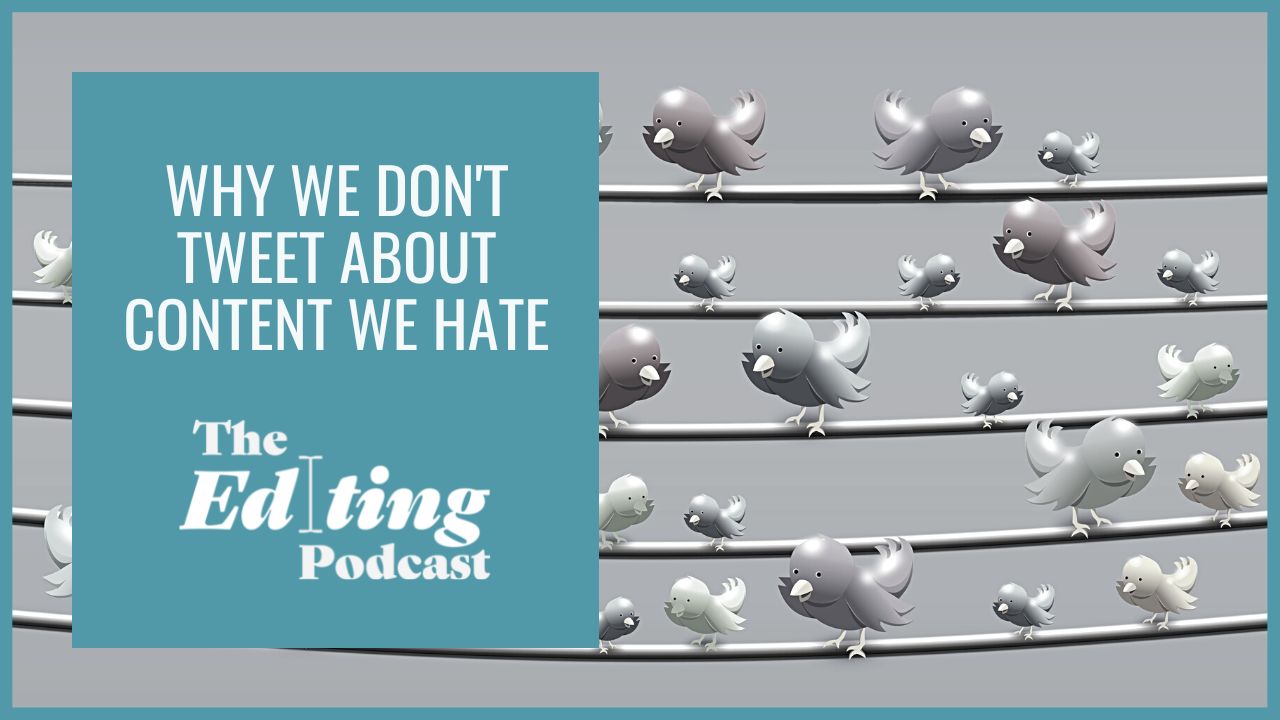

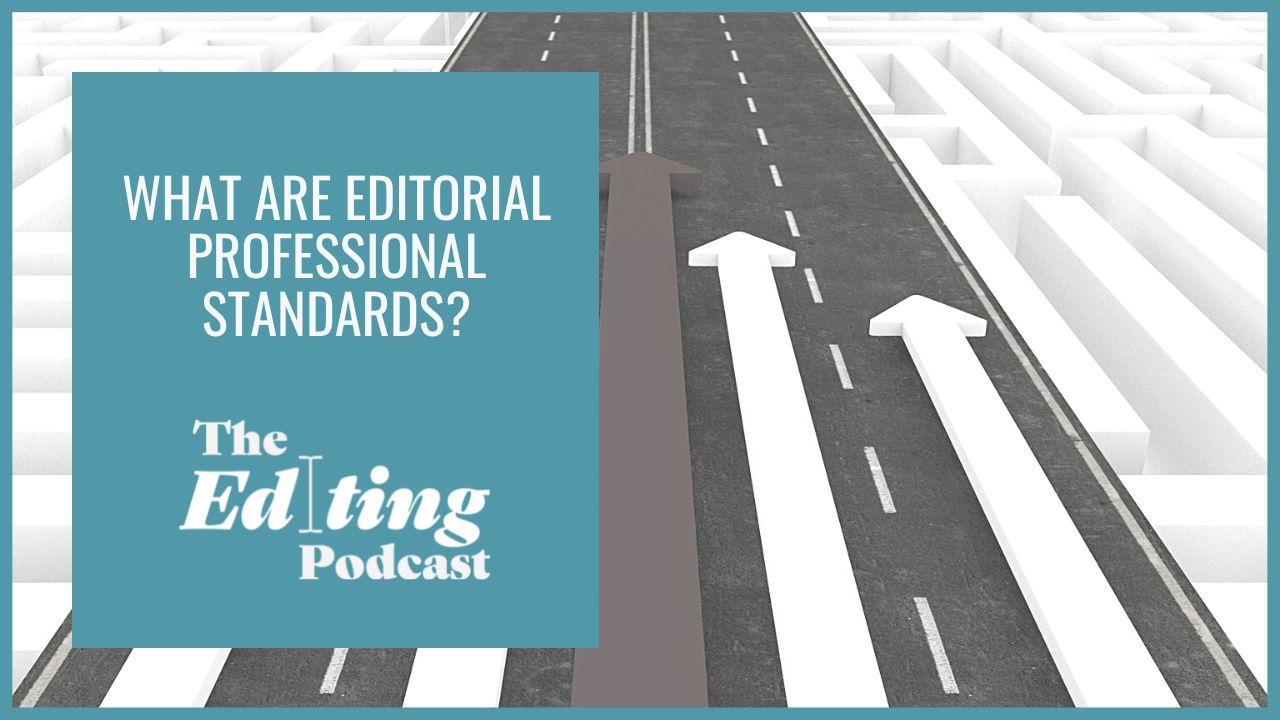
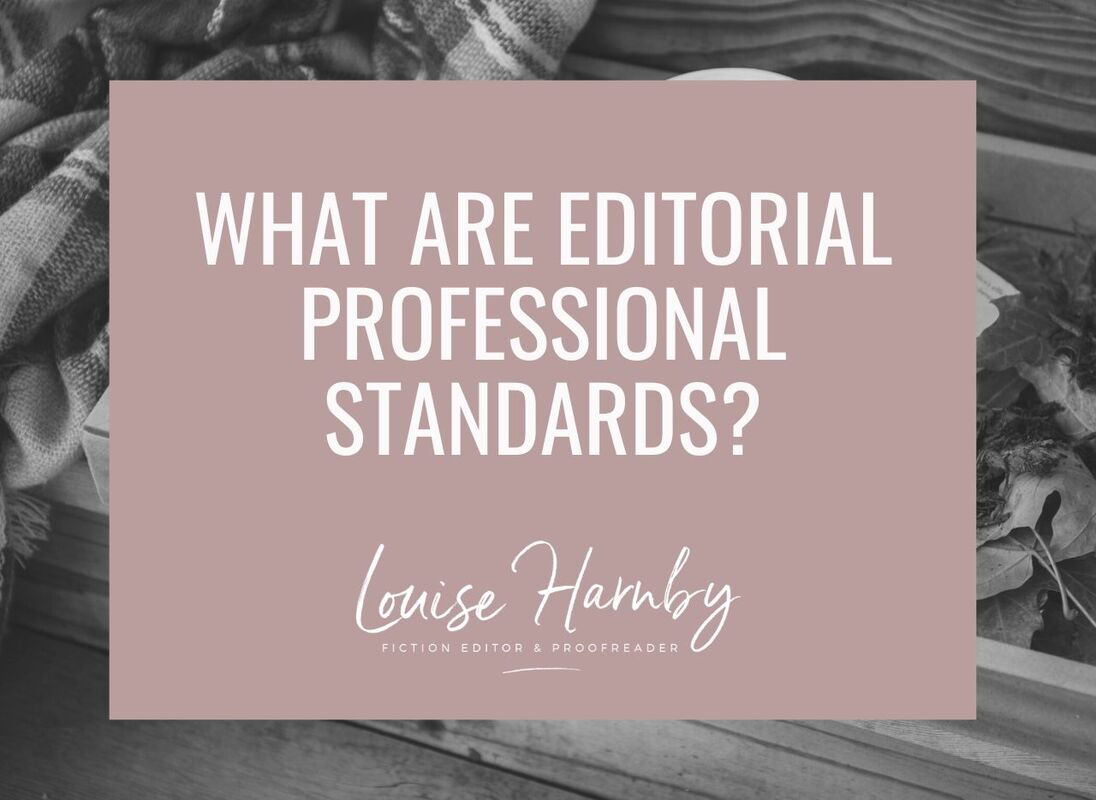
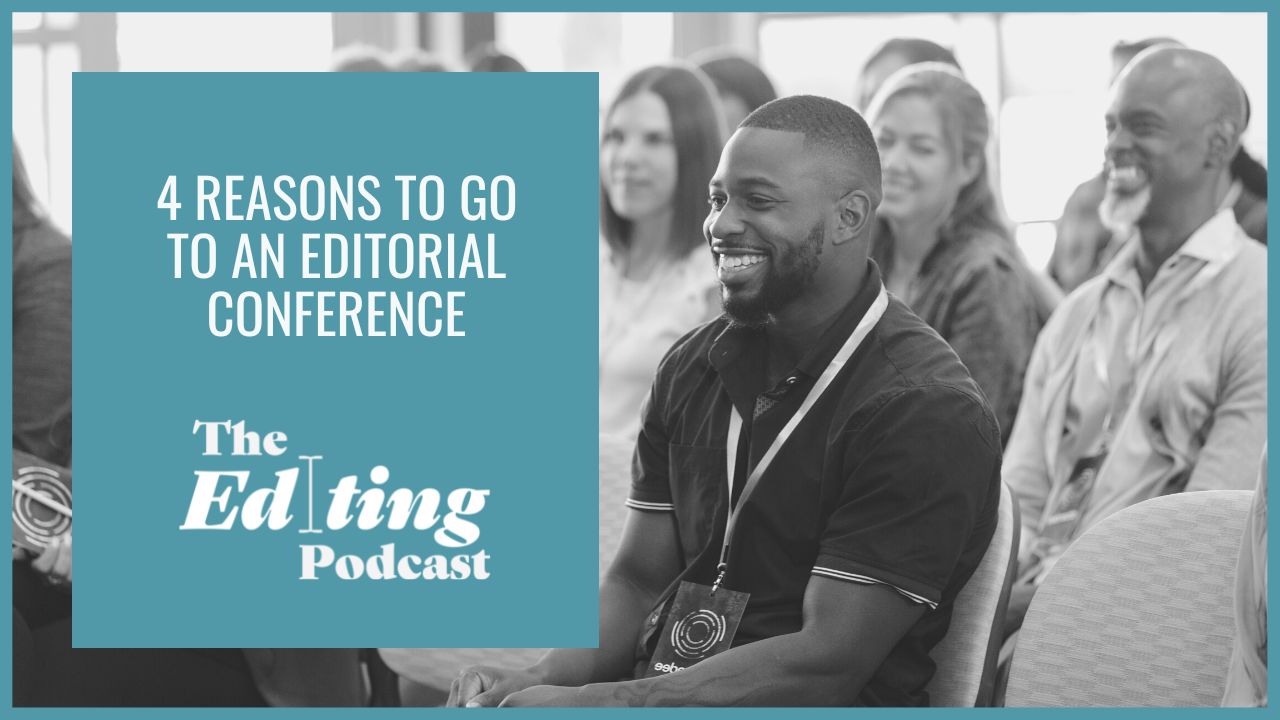
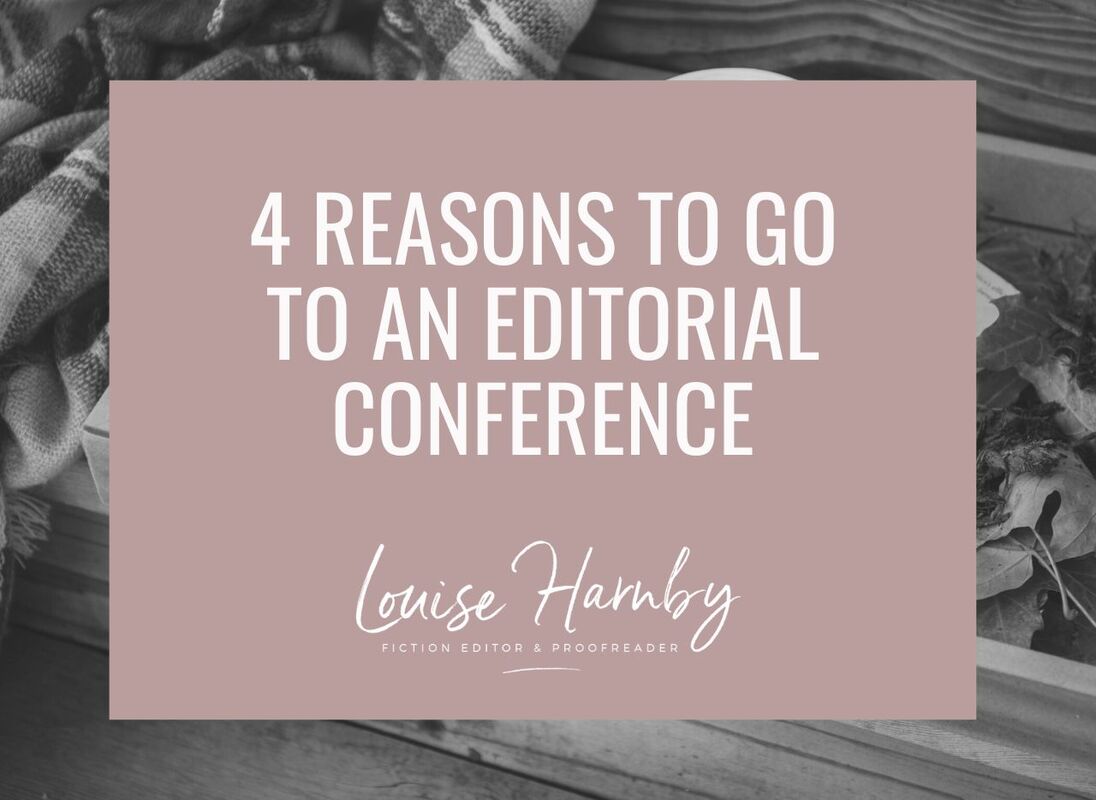
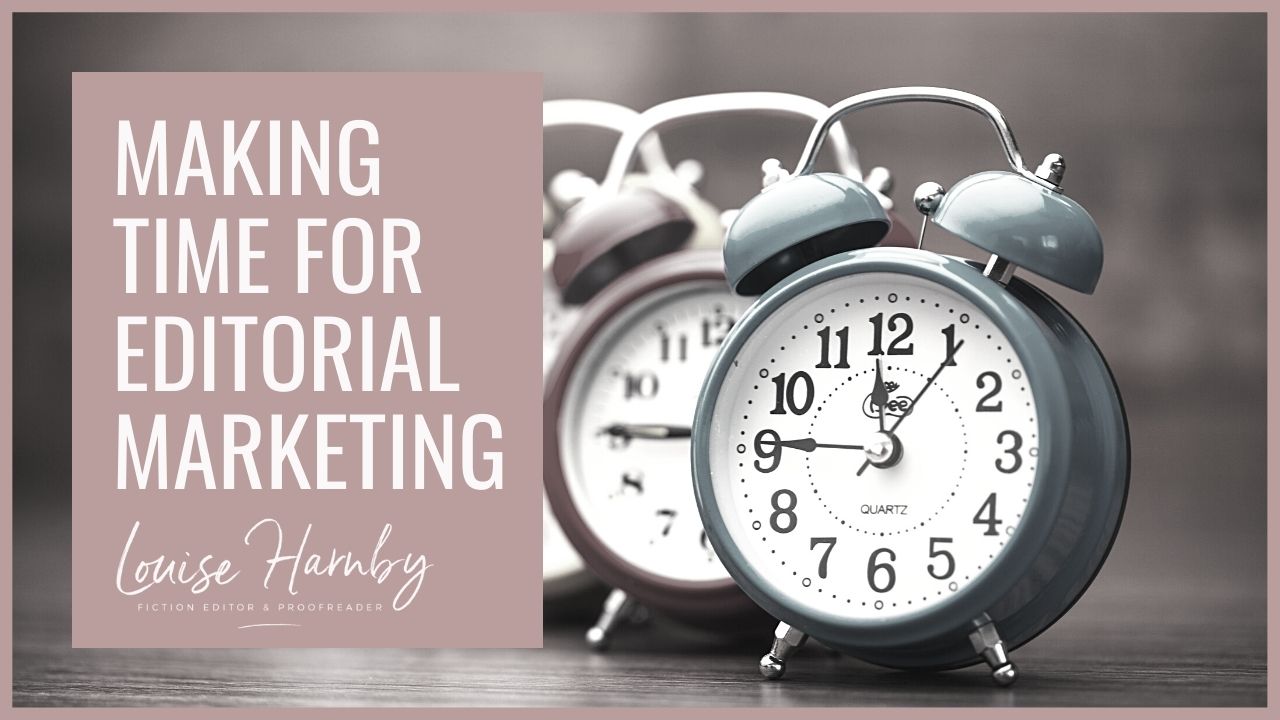
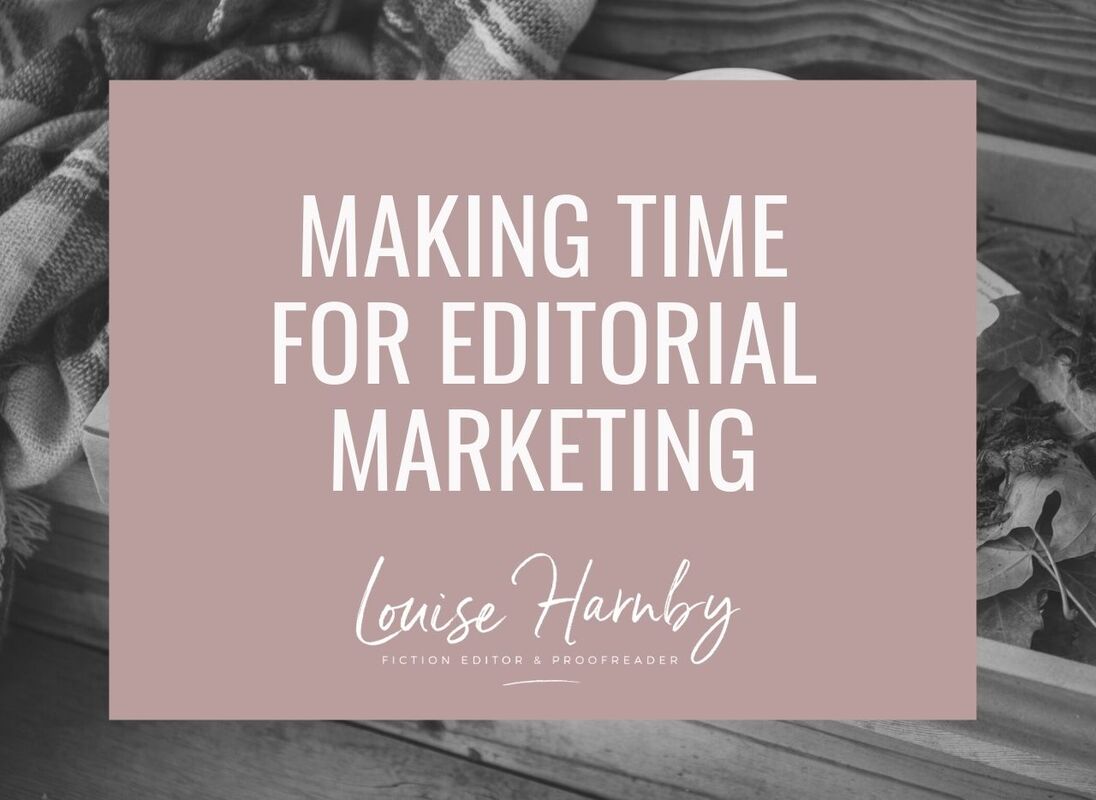
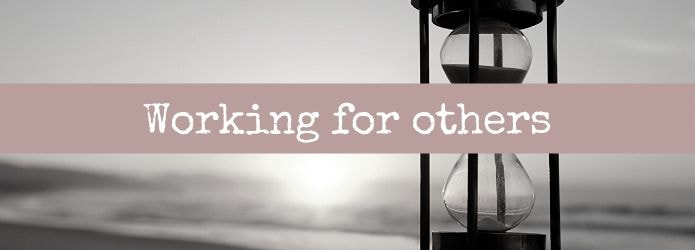




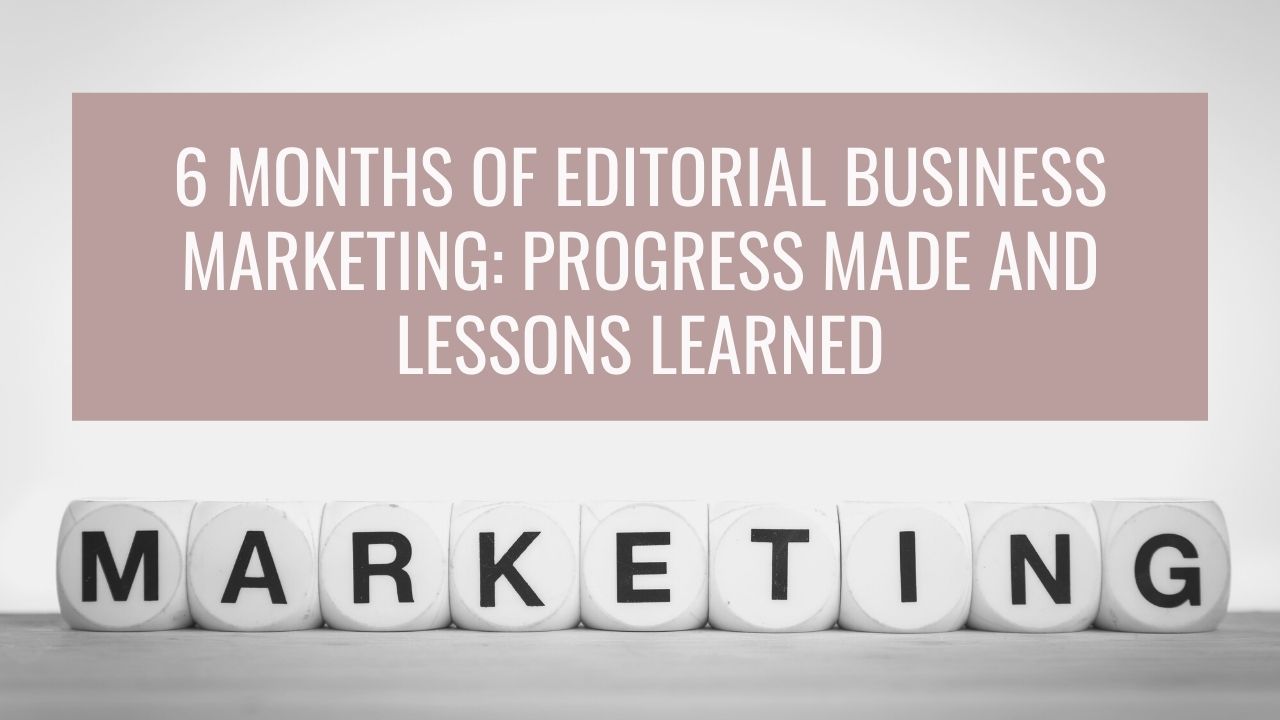
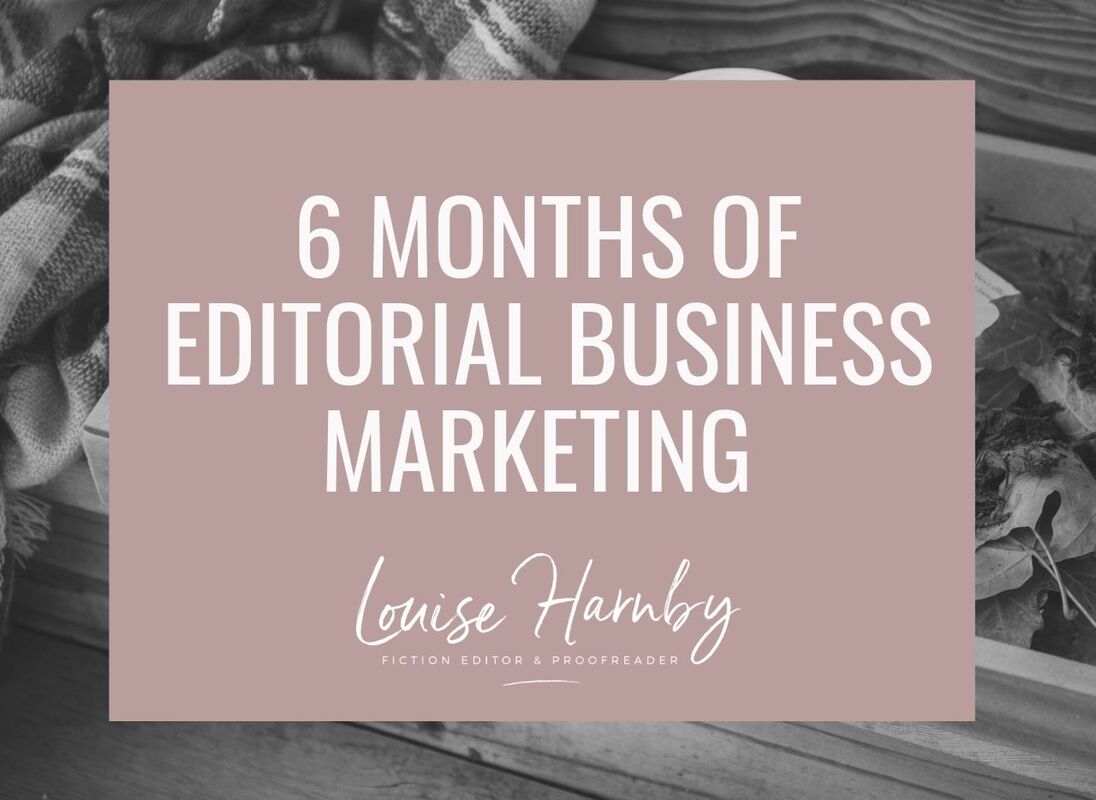
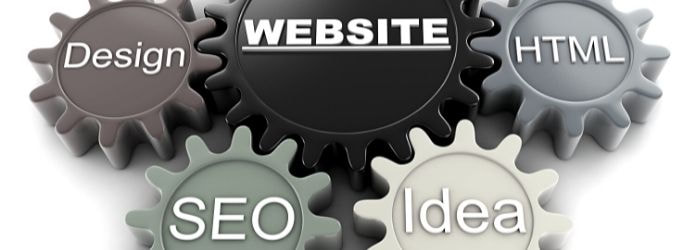







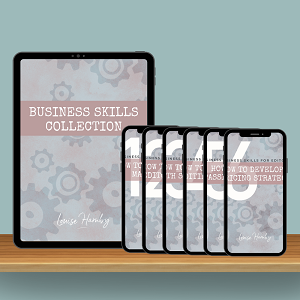
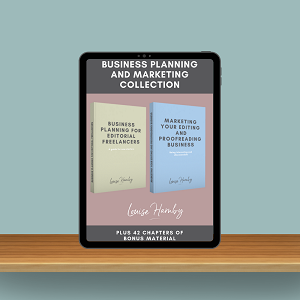
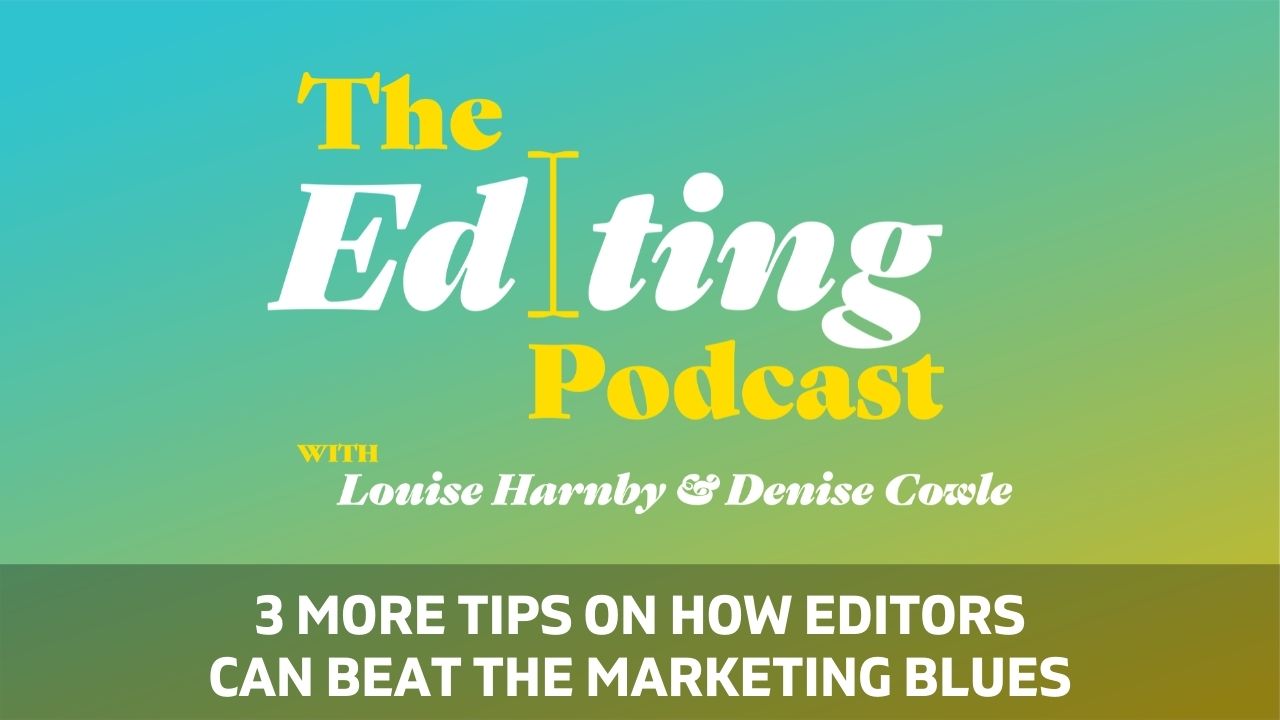
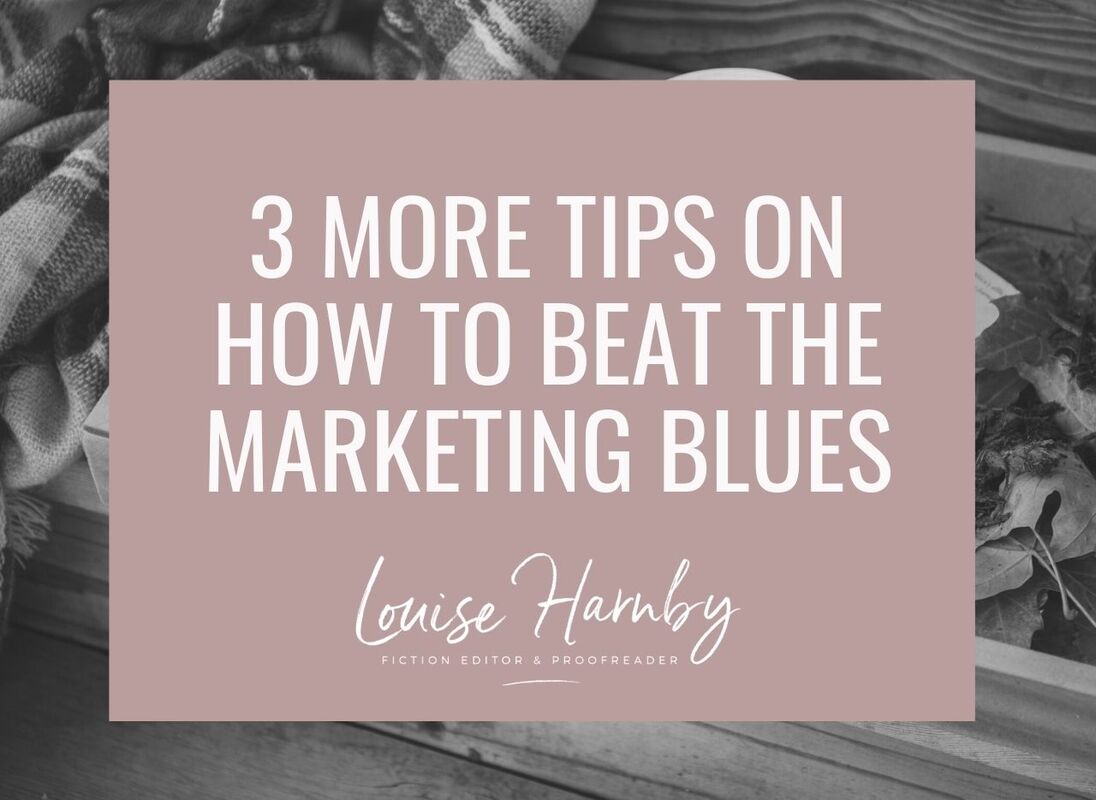
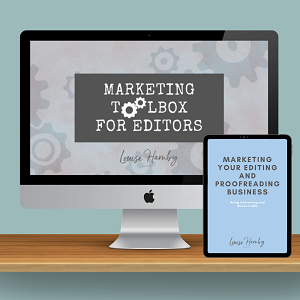
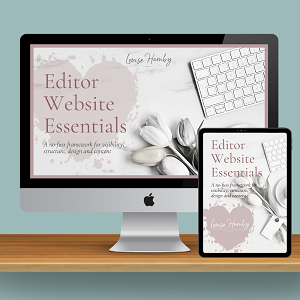
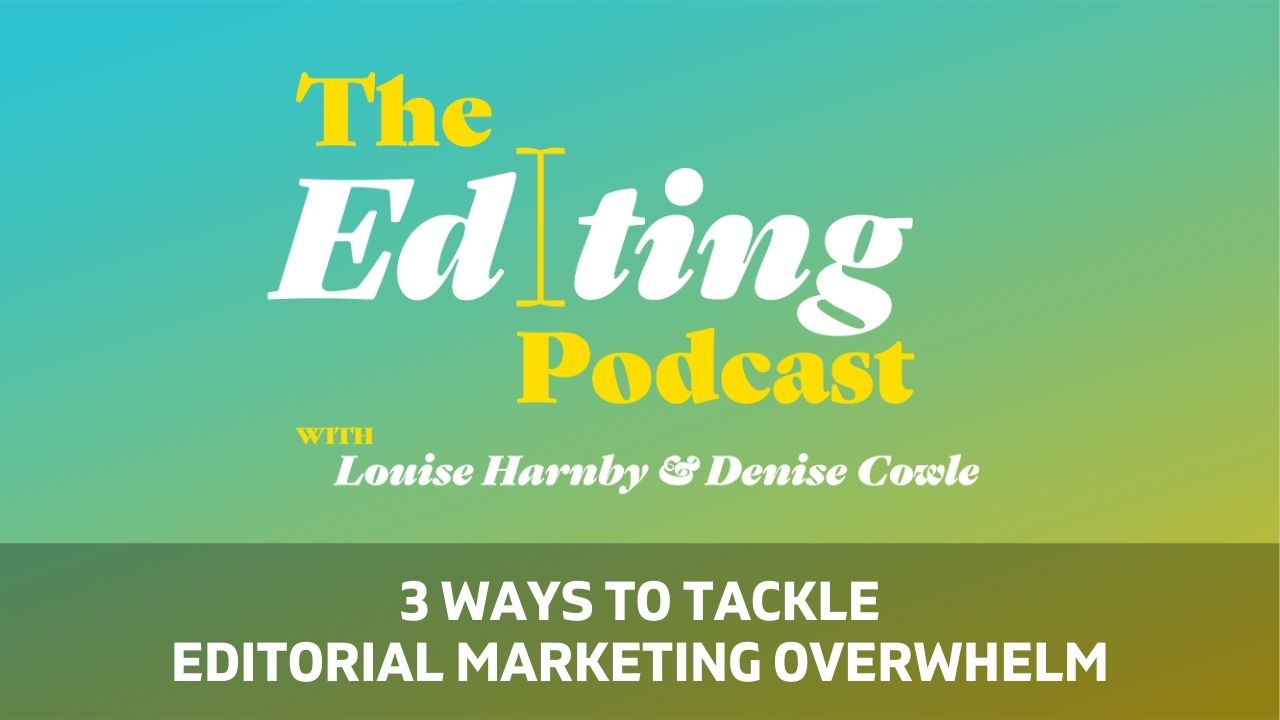
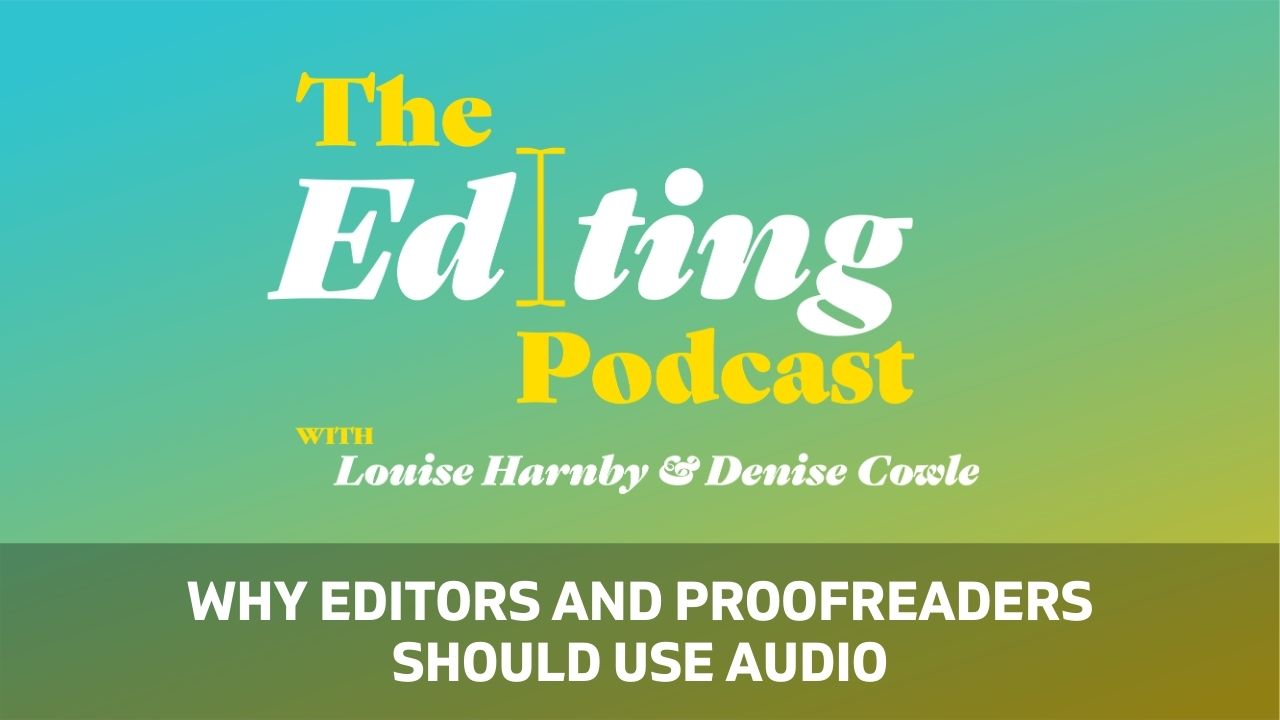
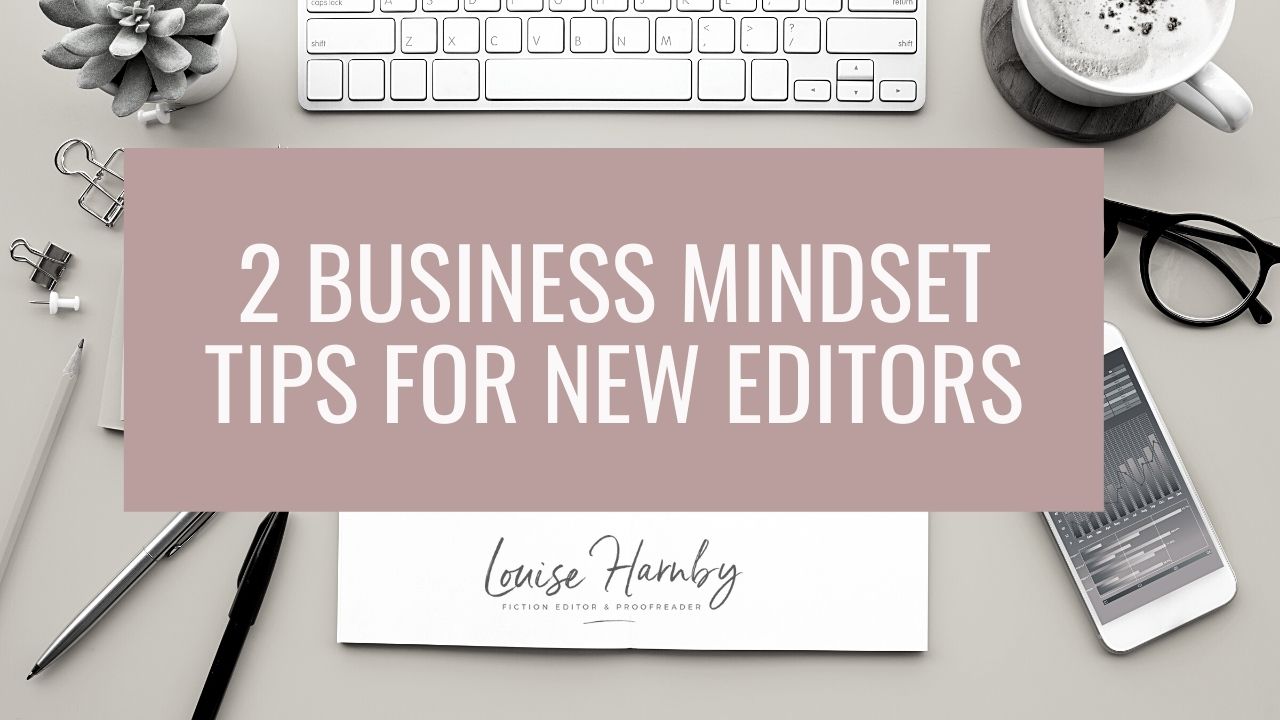
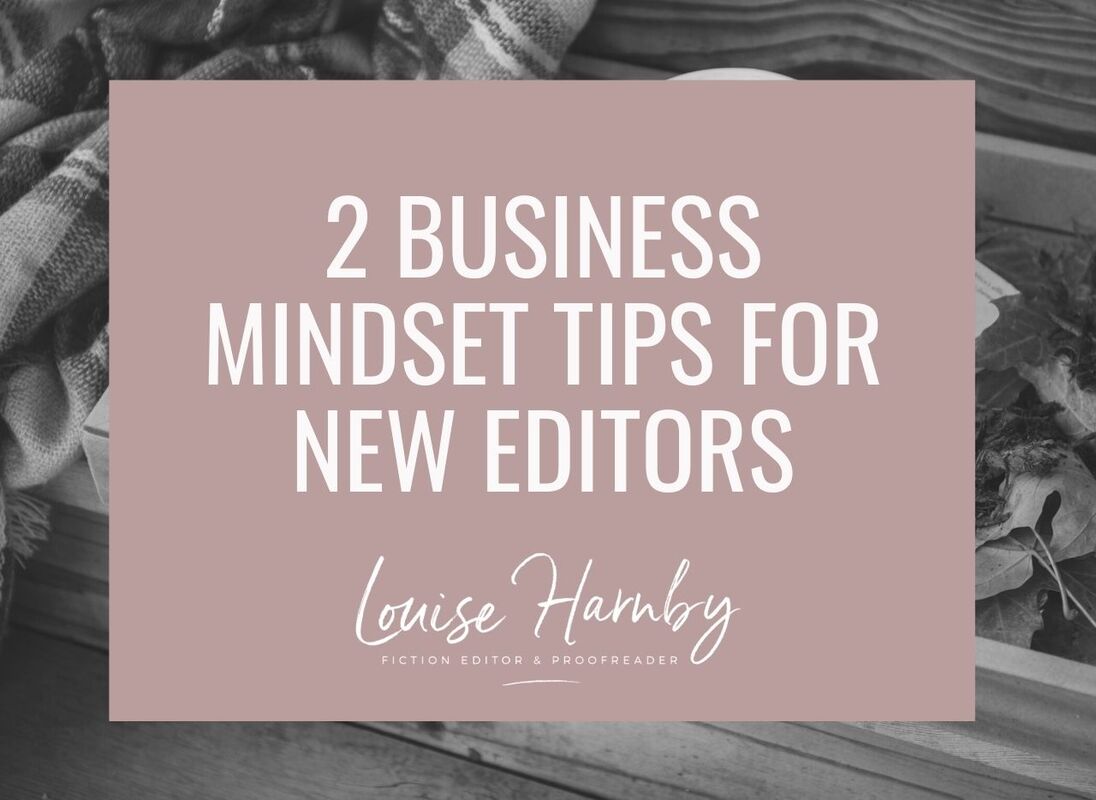
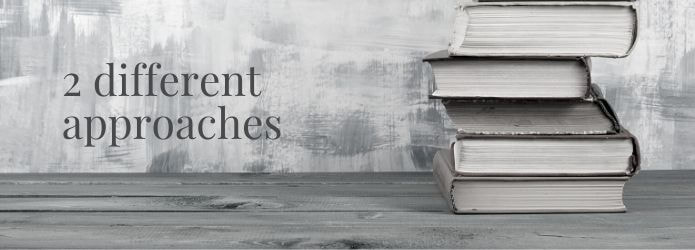

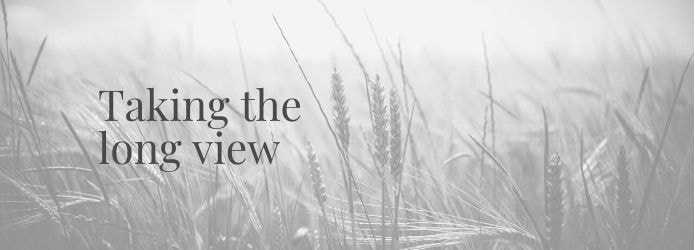




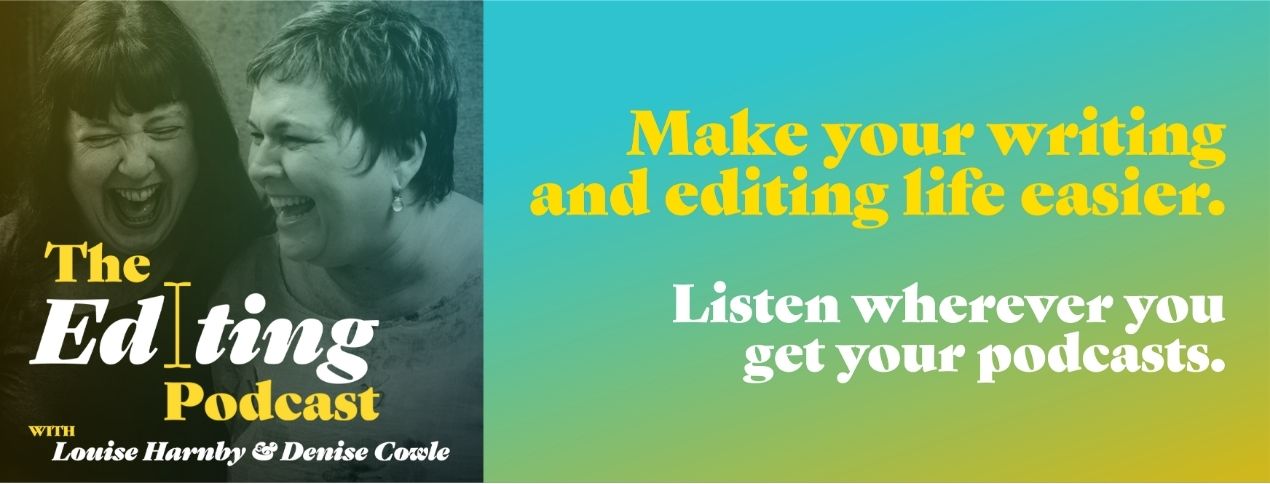
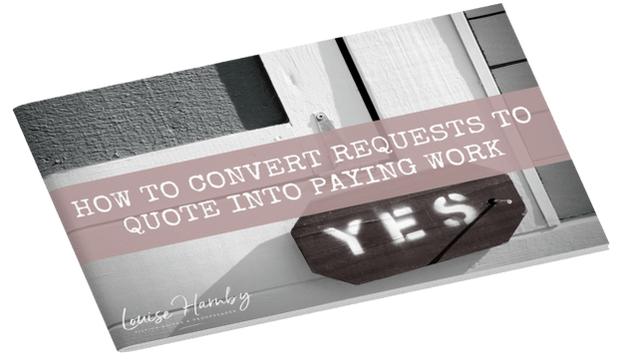
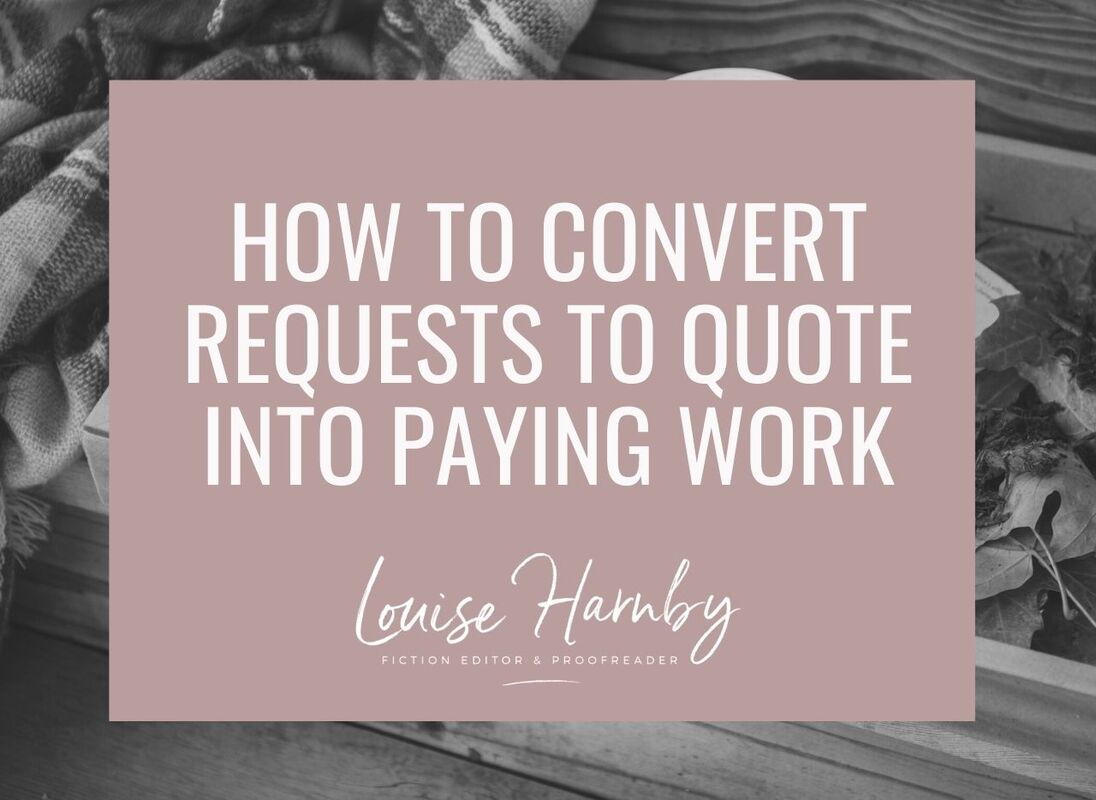
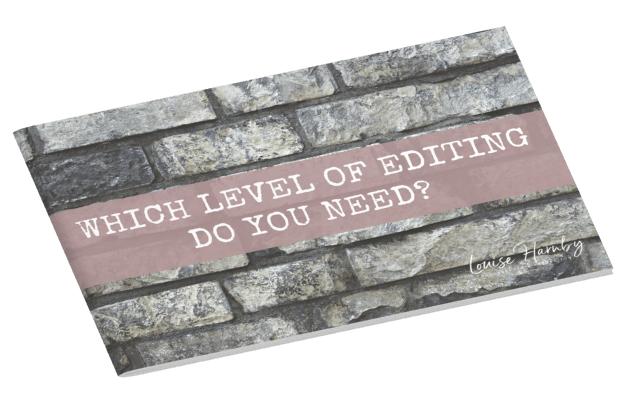
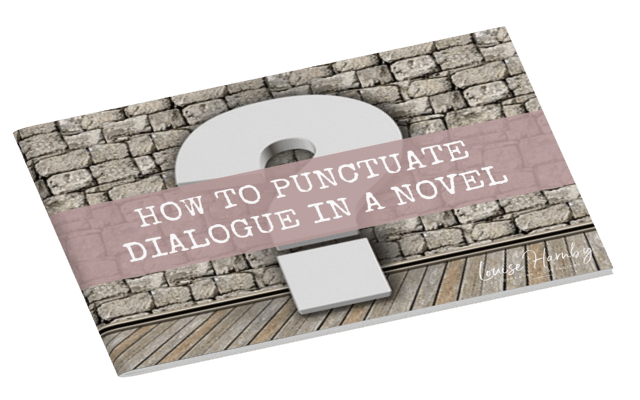
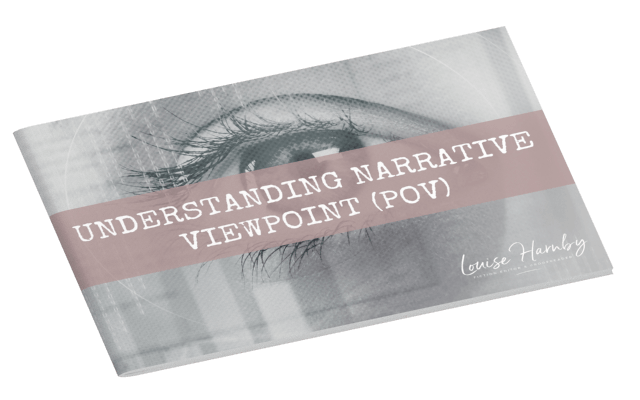
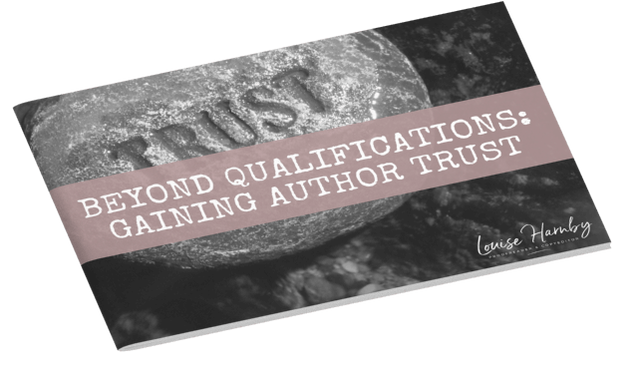
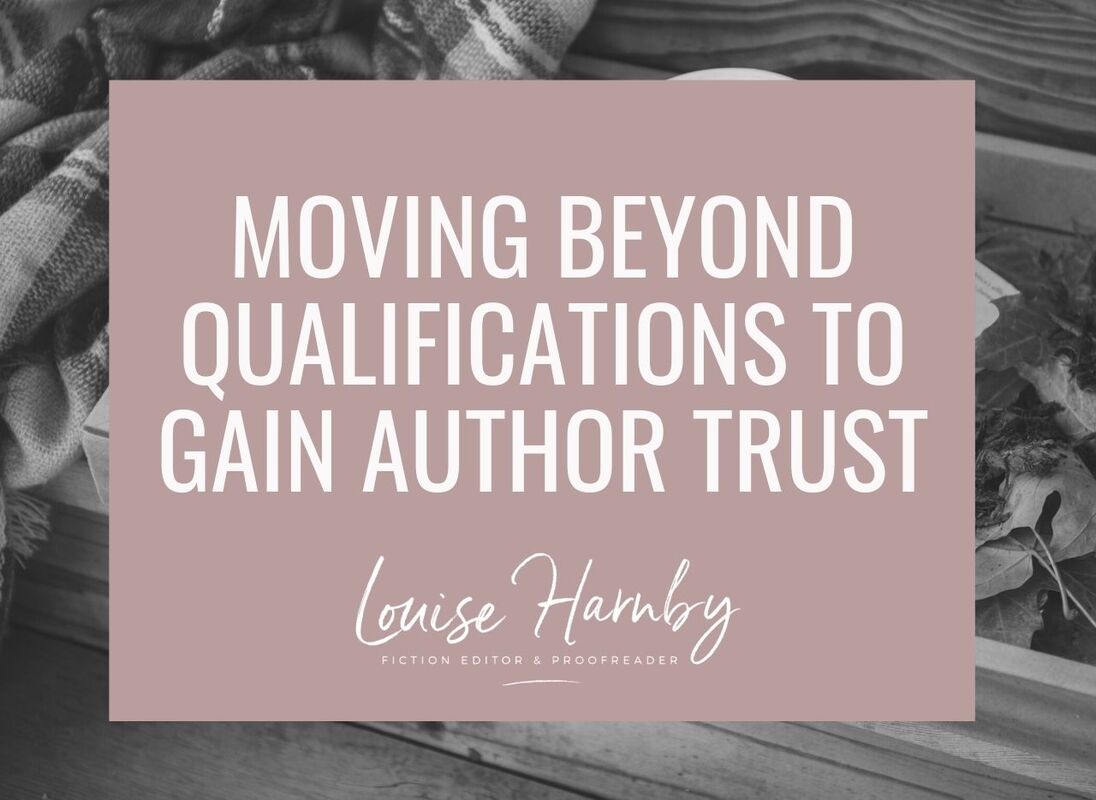

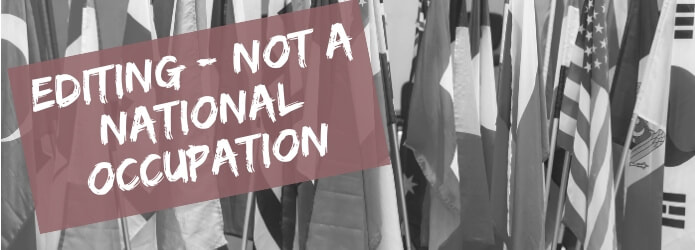


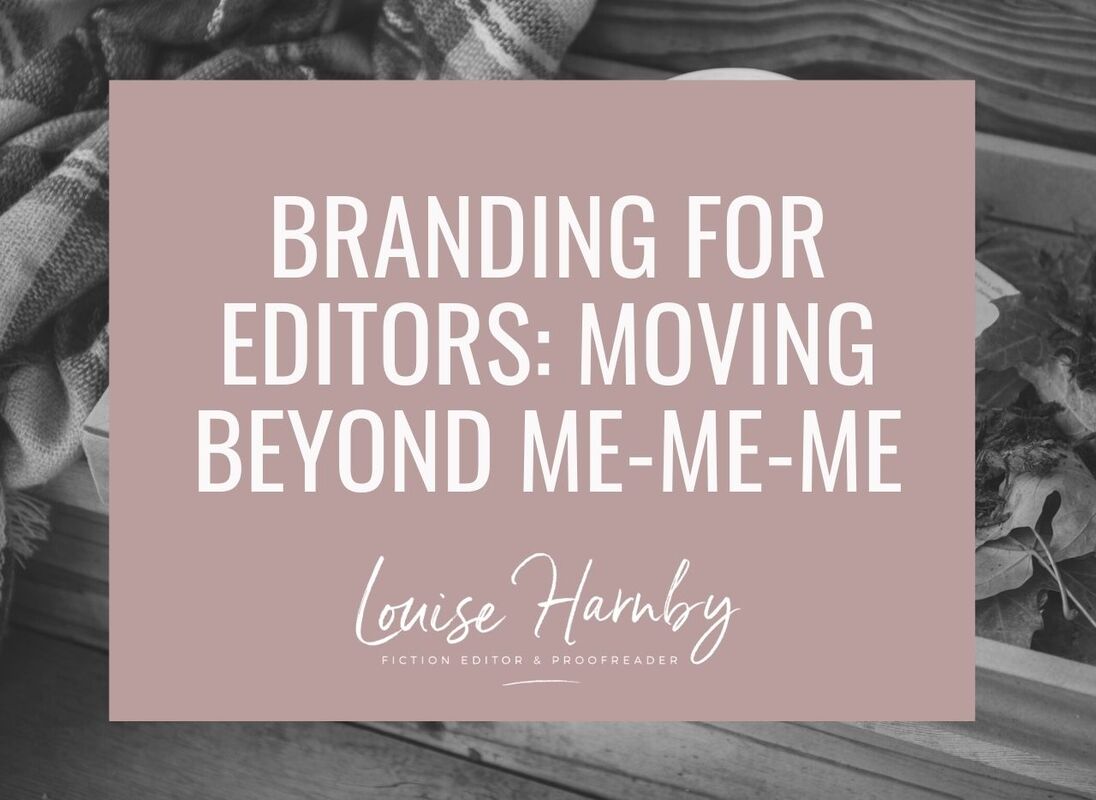
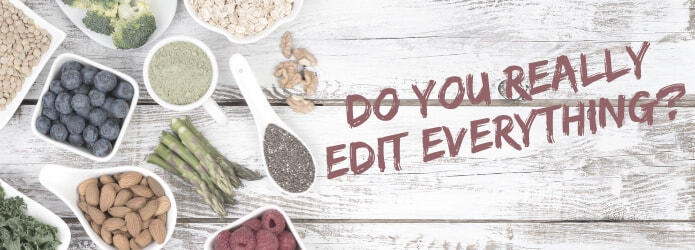



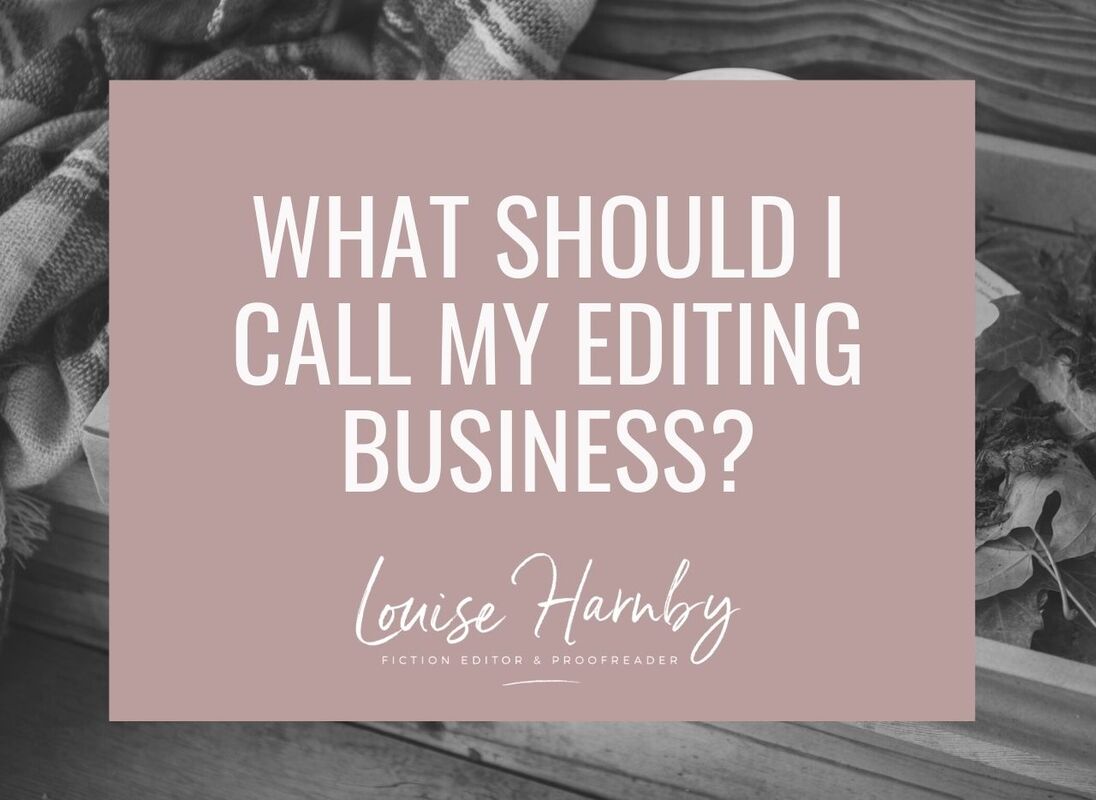
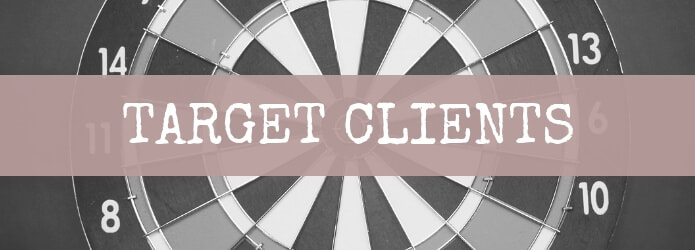
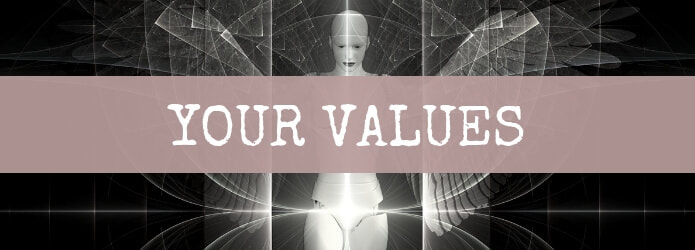



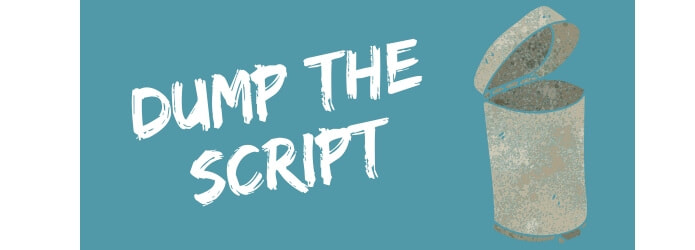



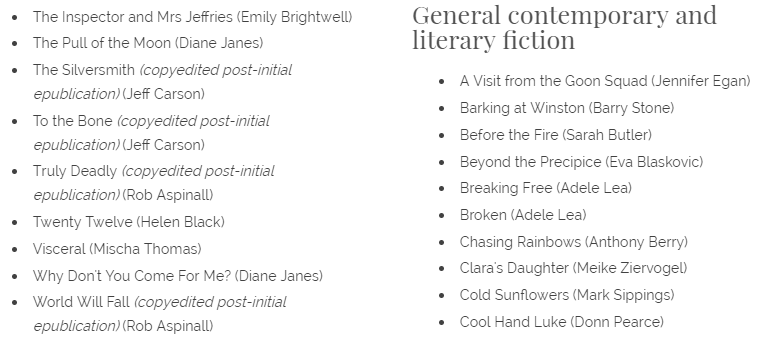
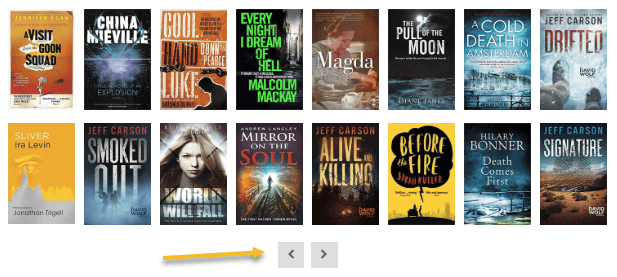

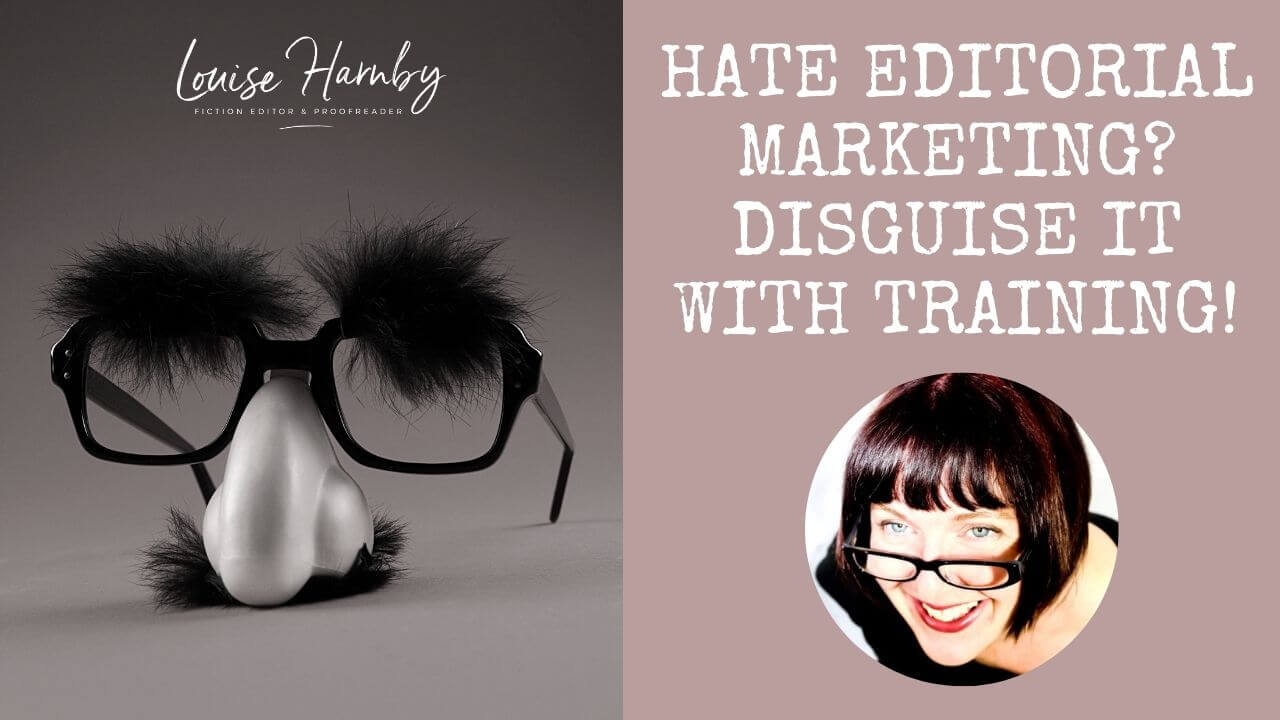
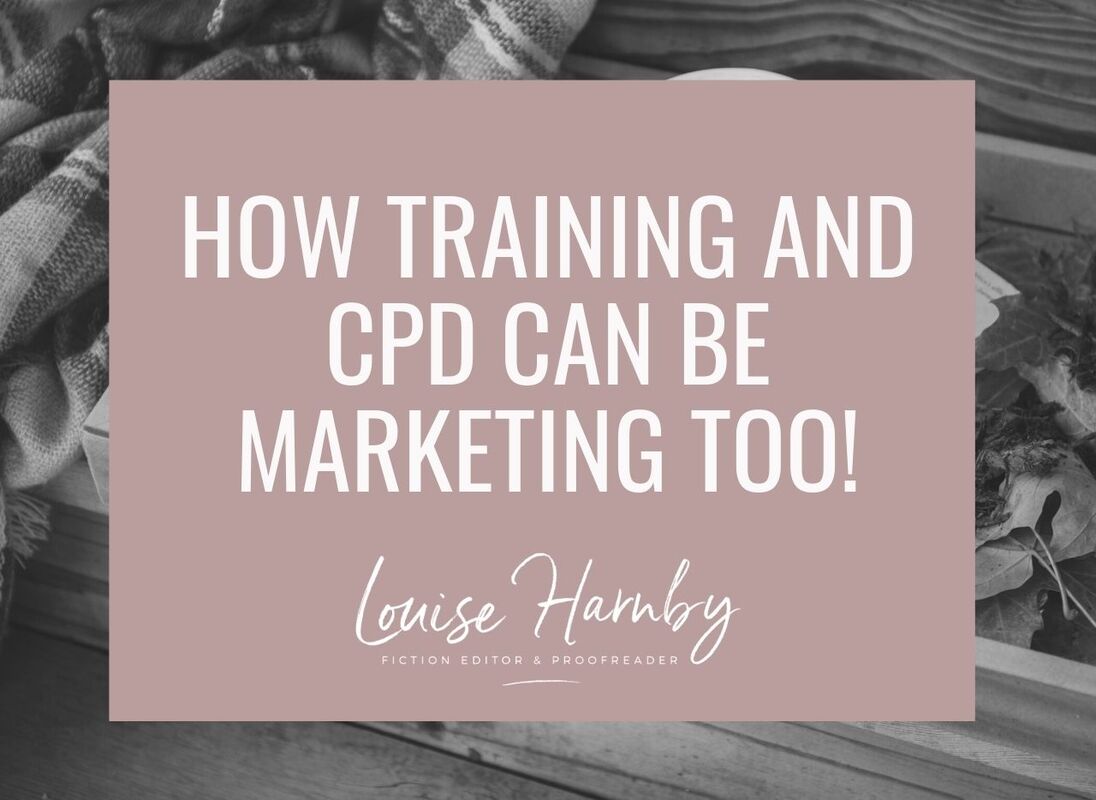
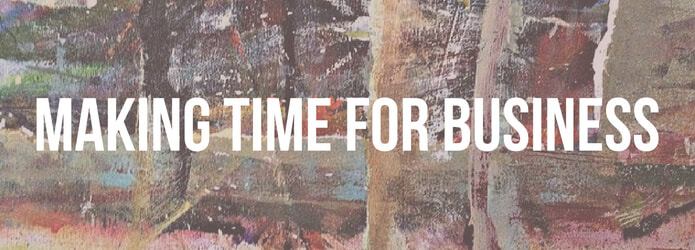

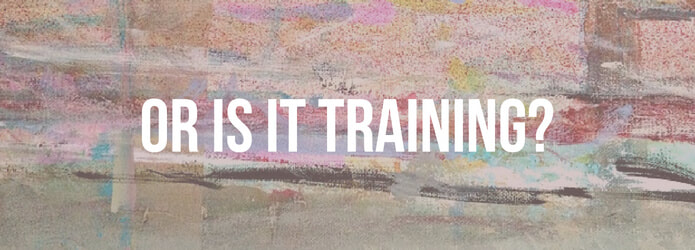
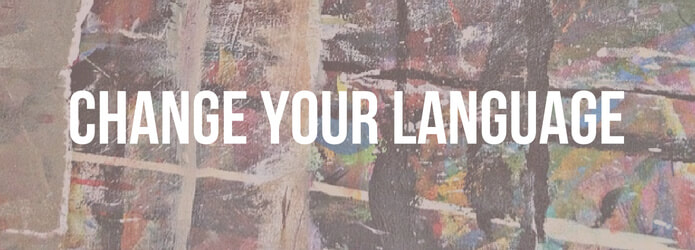
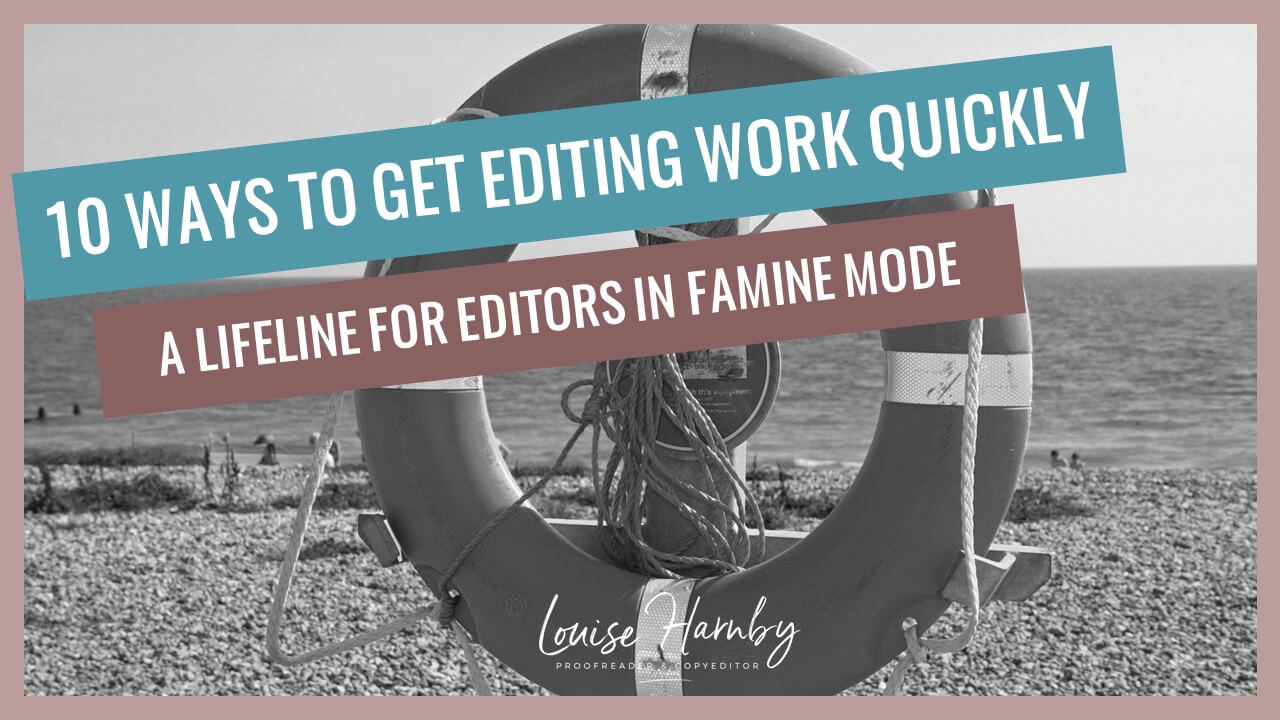
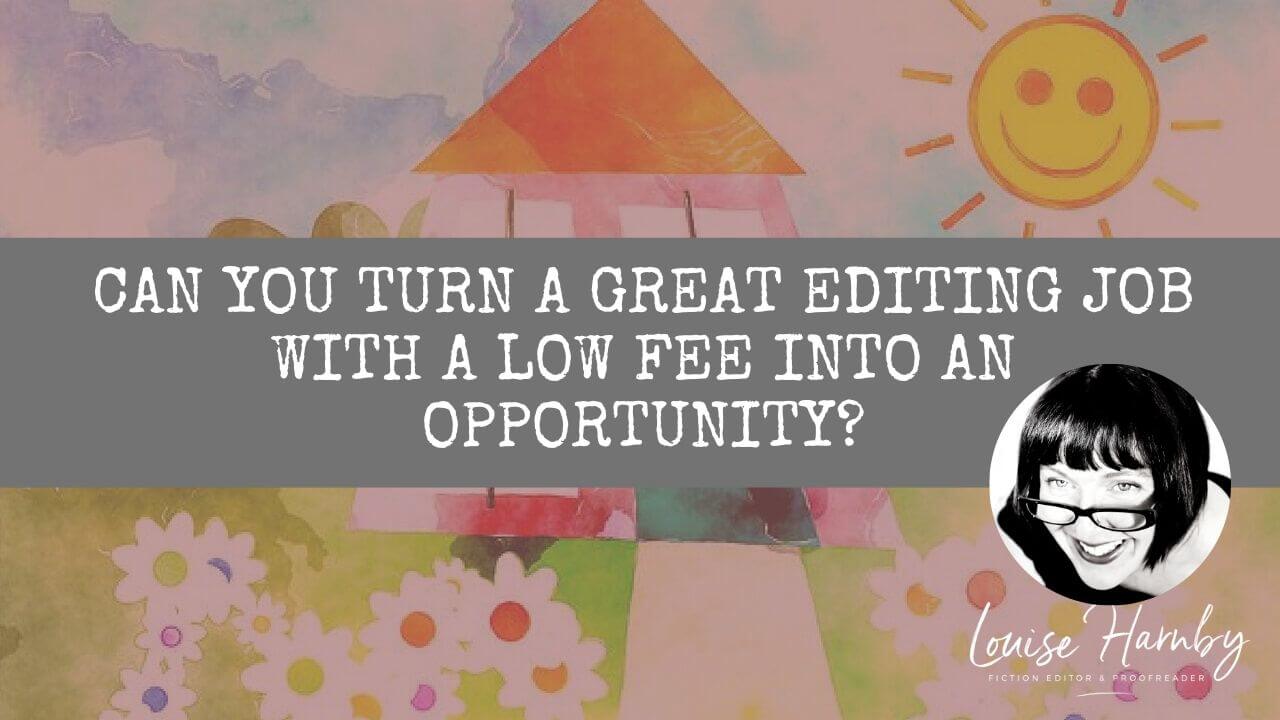
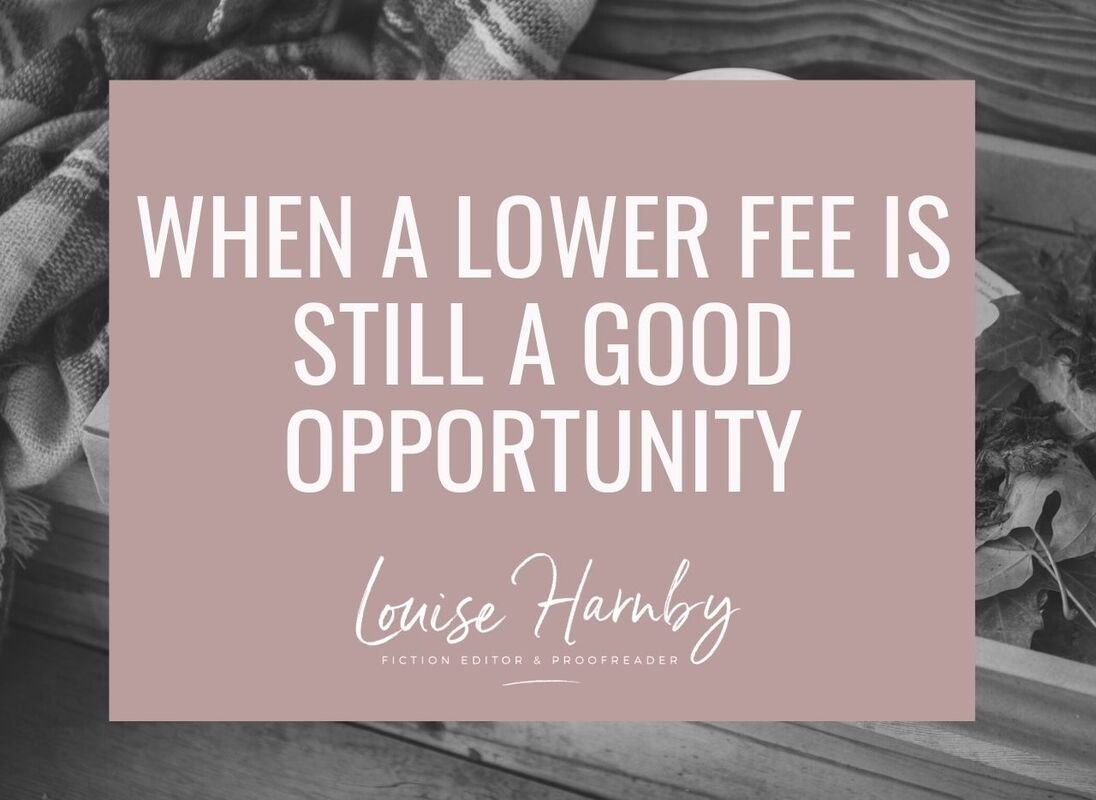
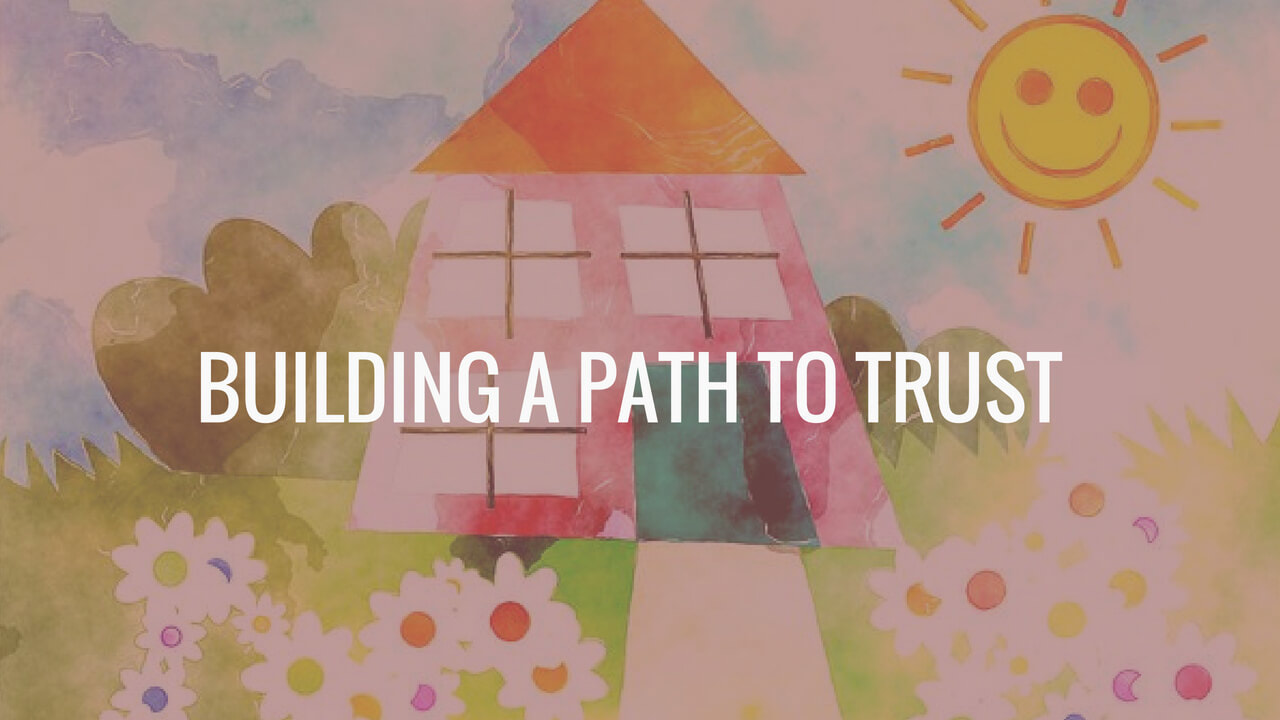
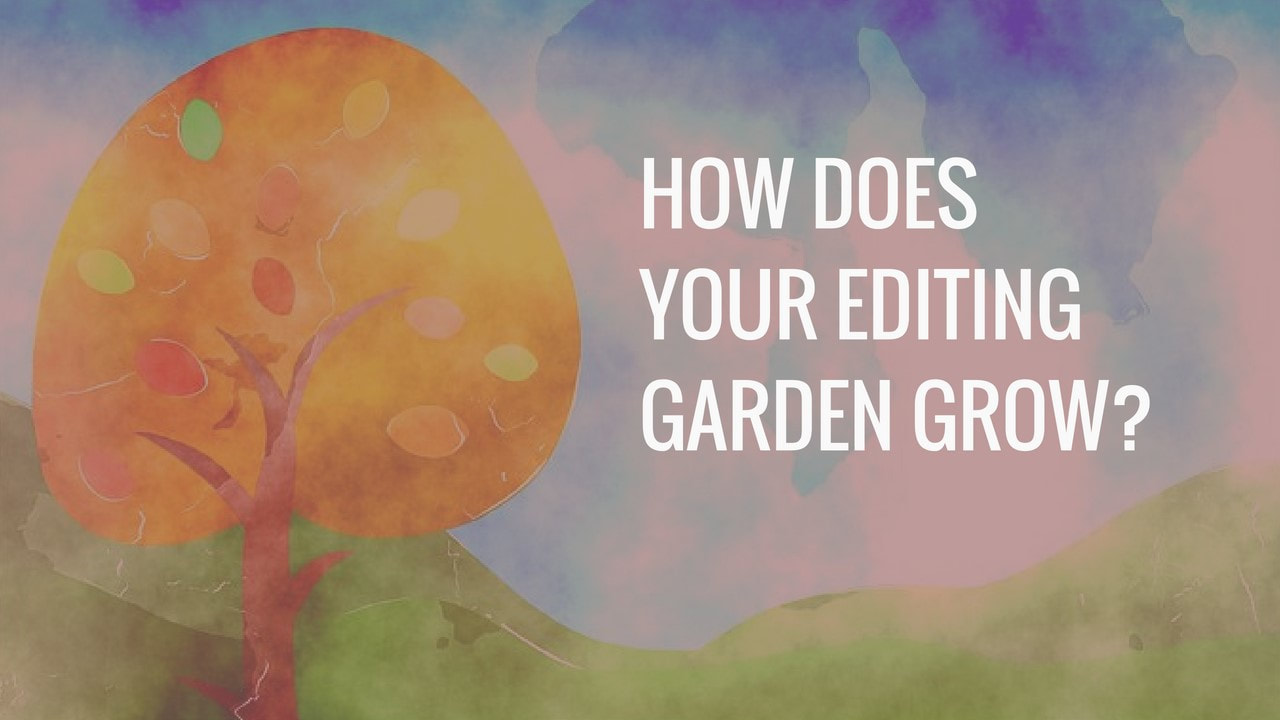















 RSS Feed
RSS Feed





